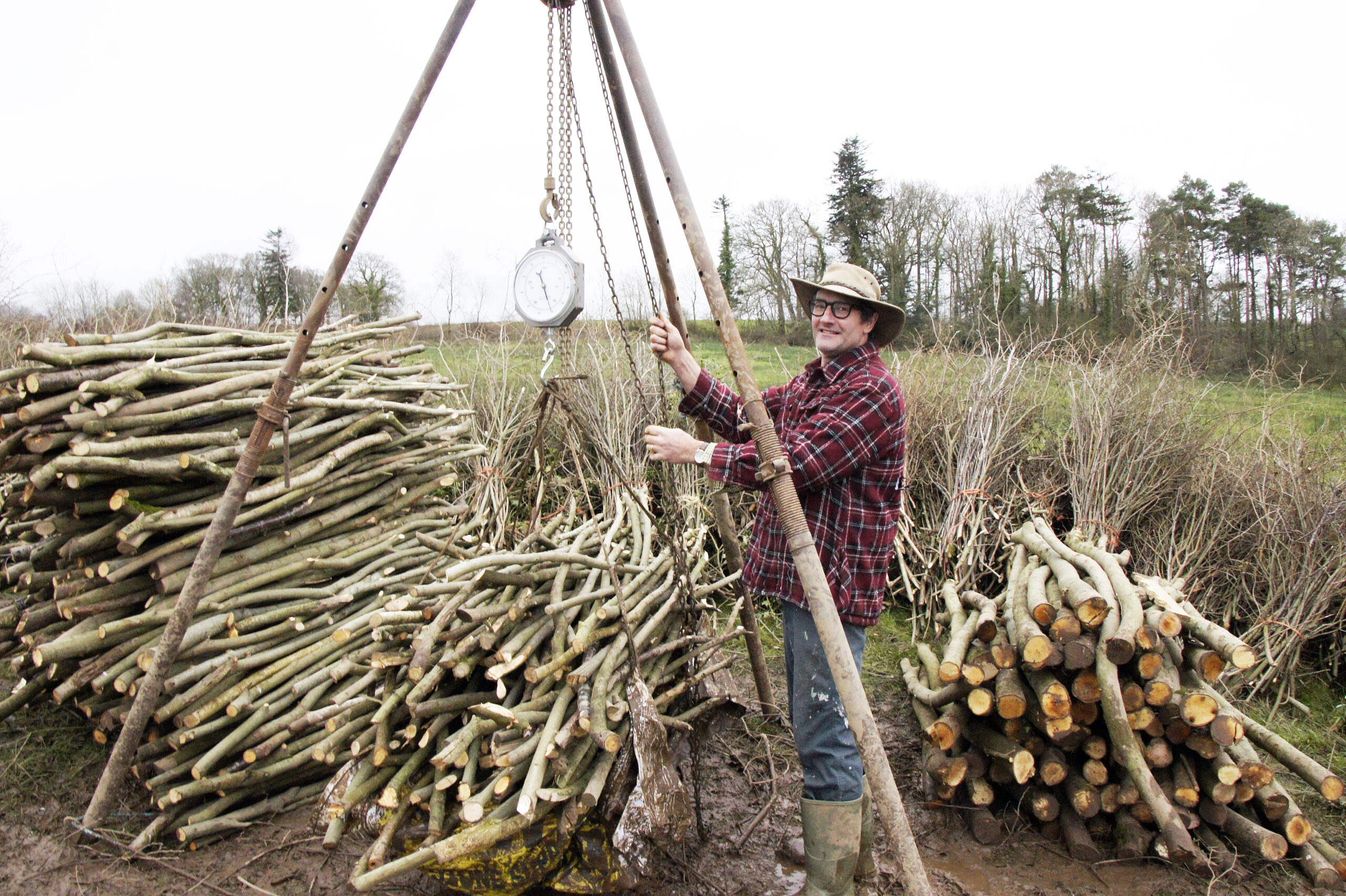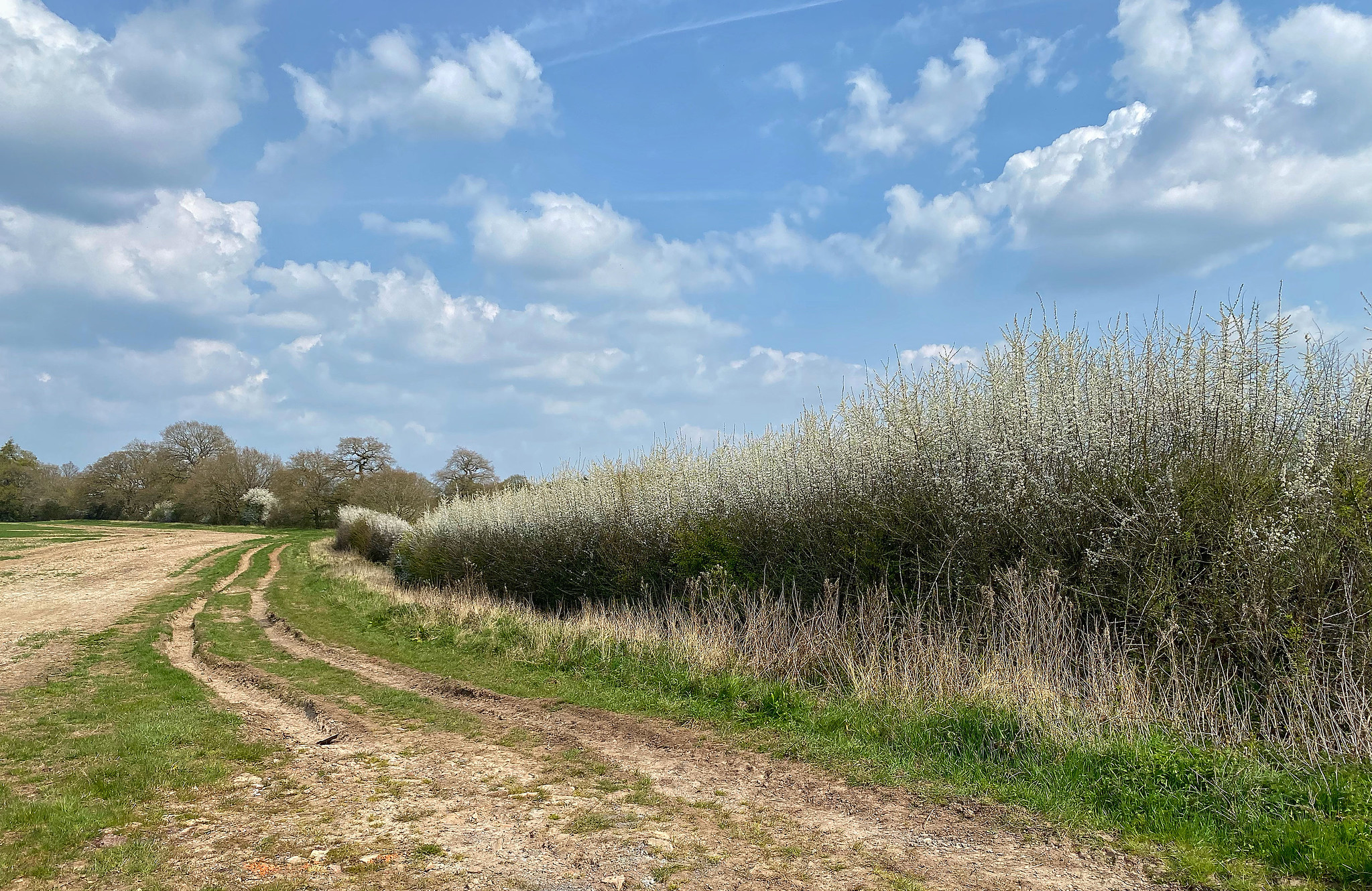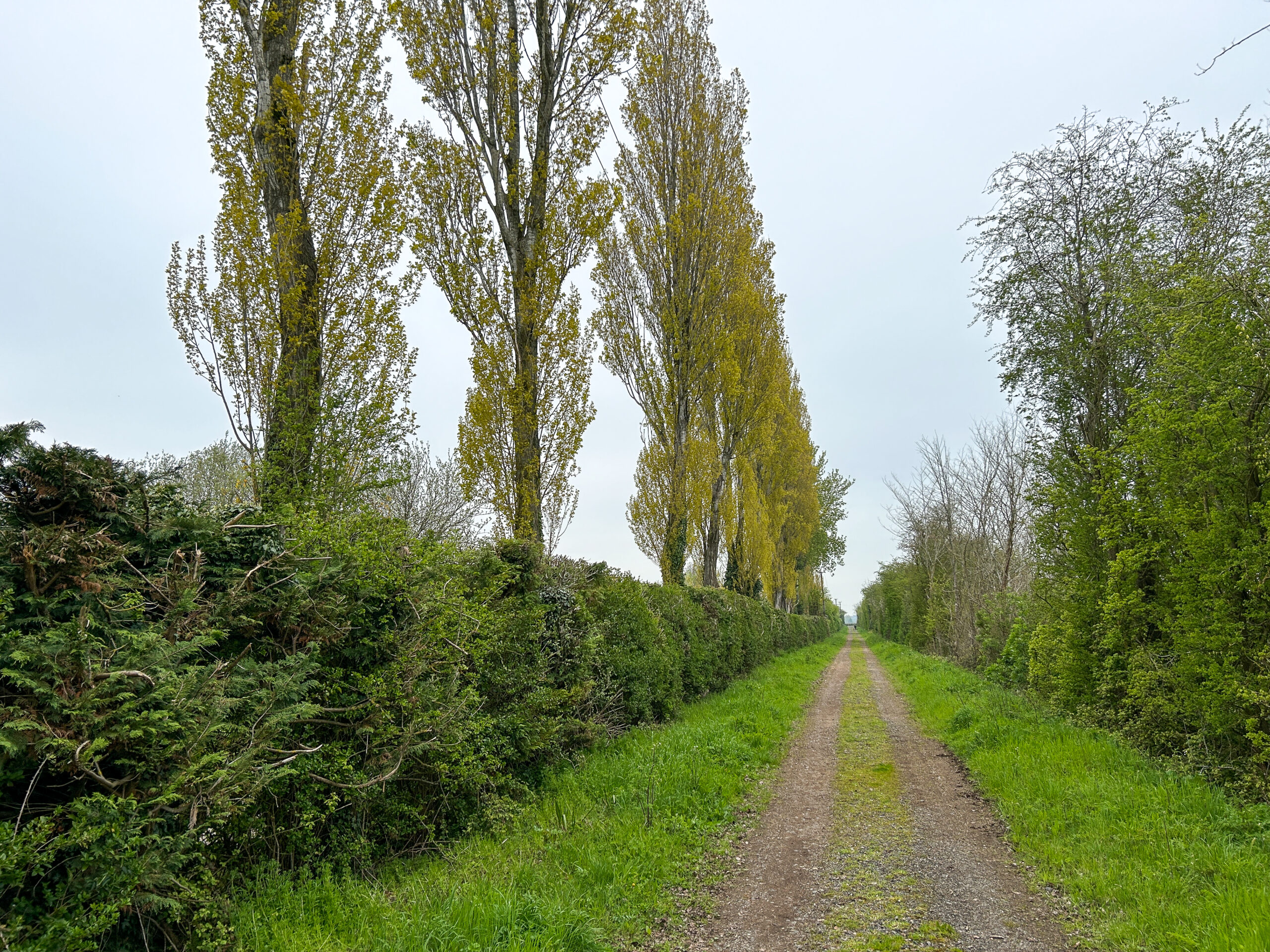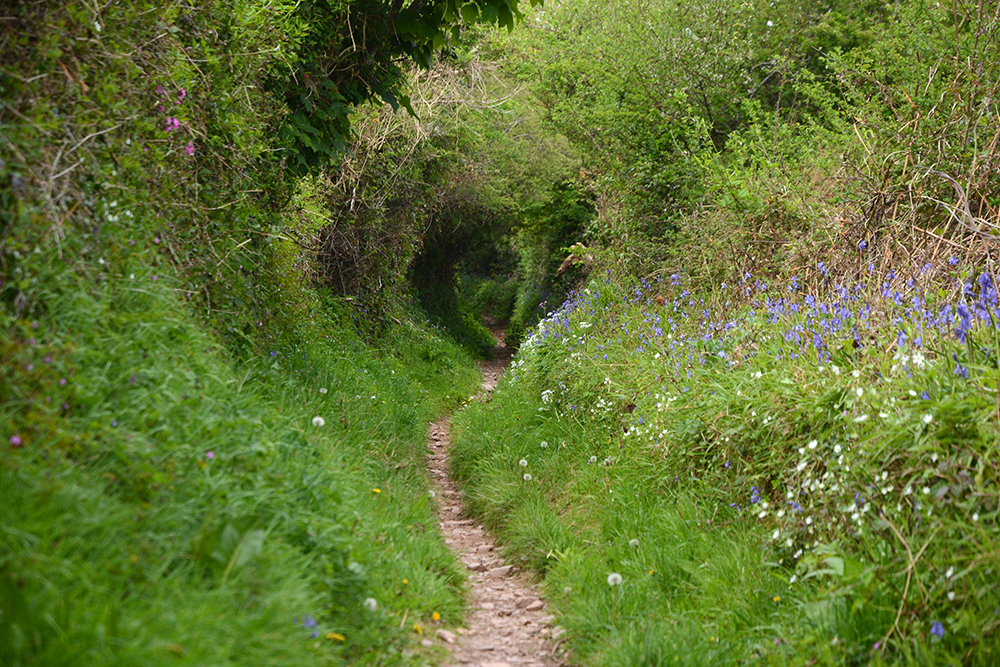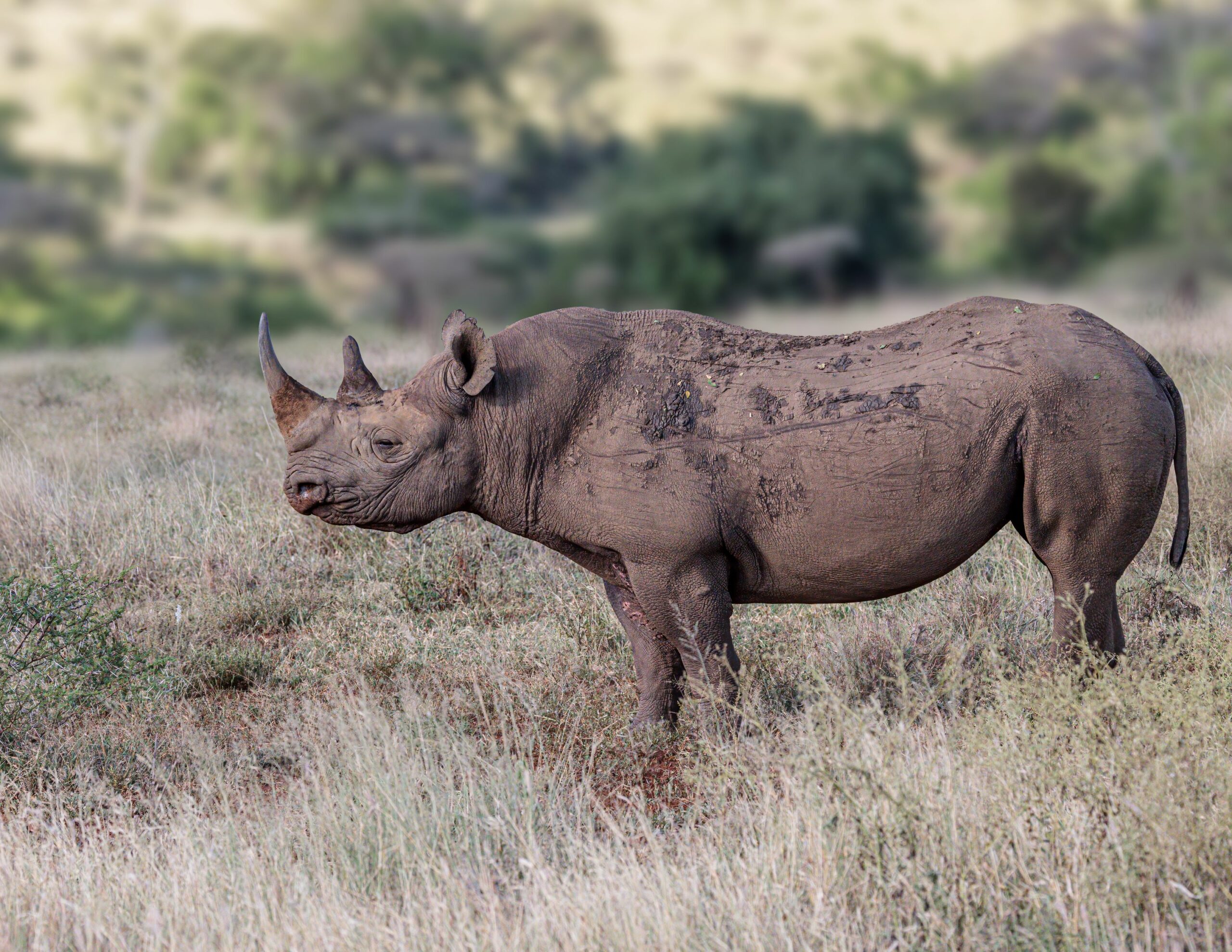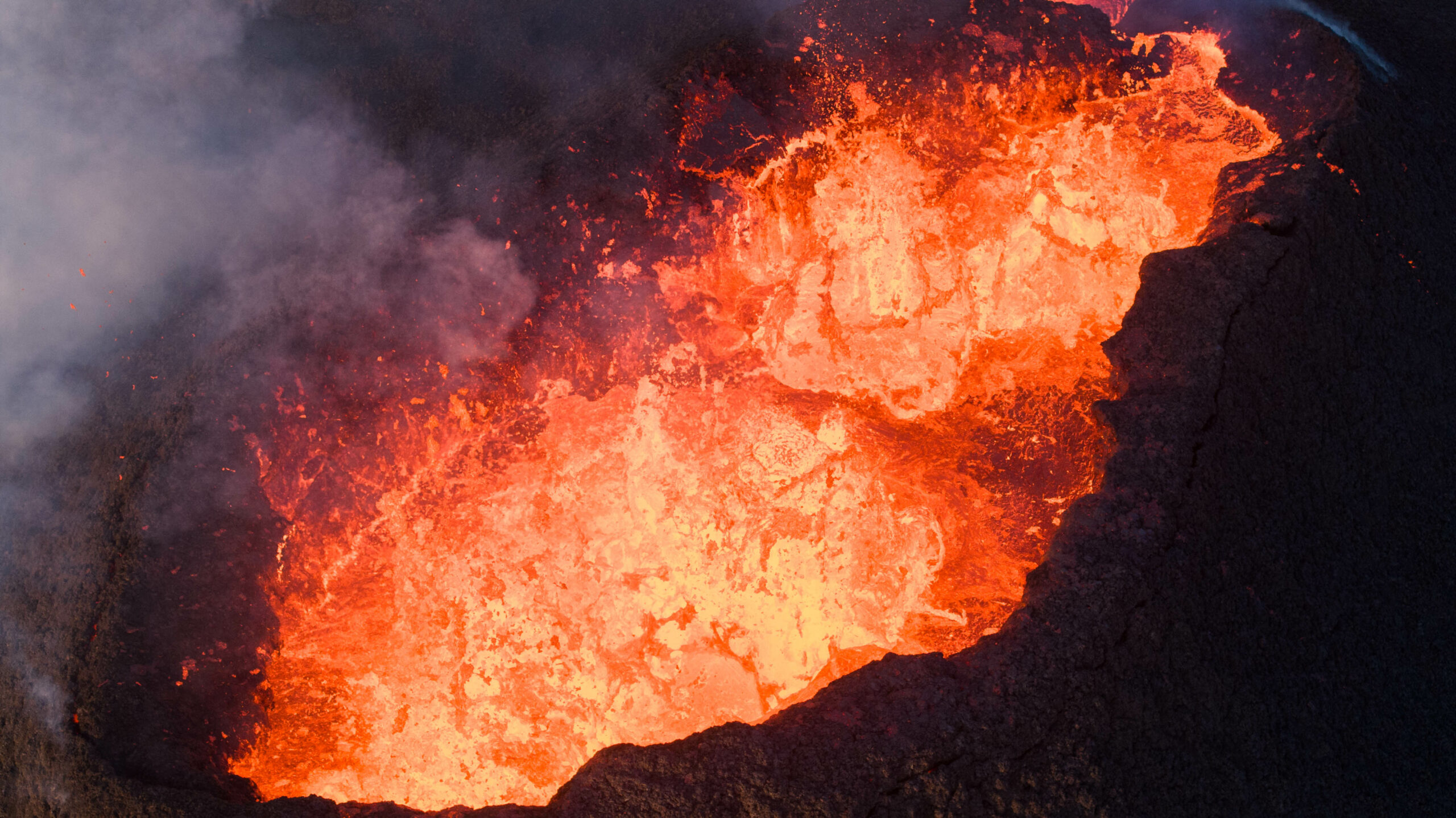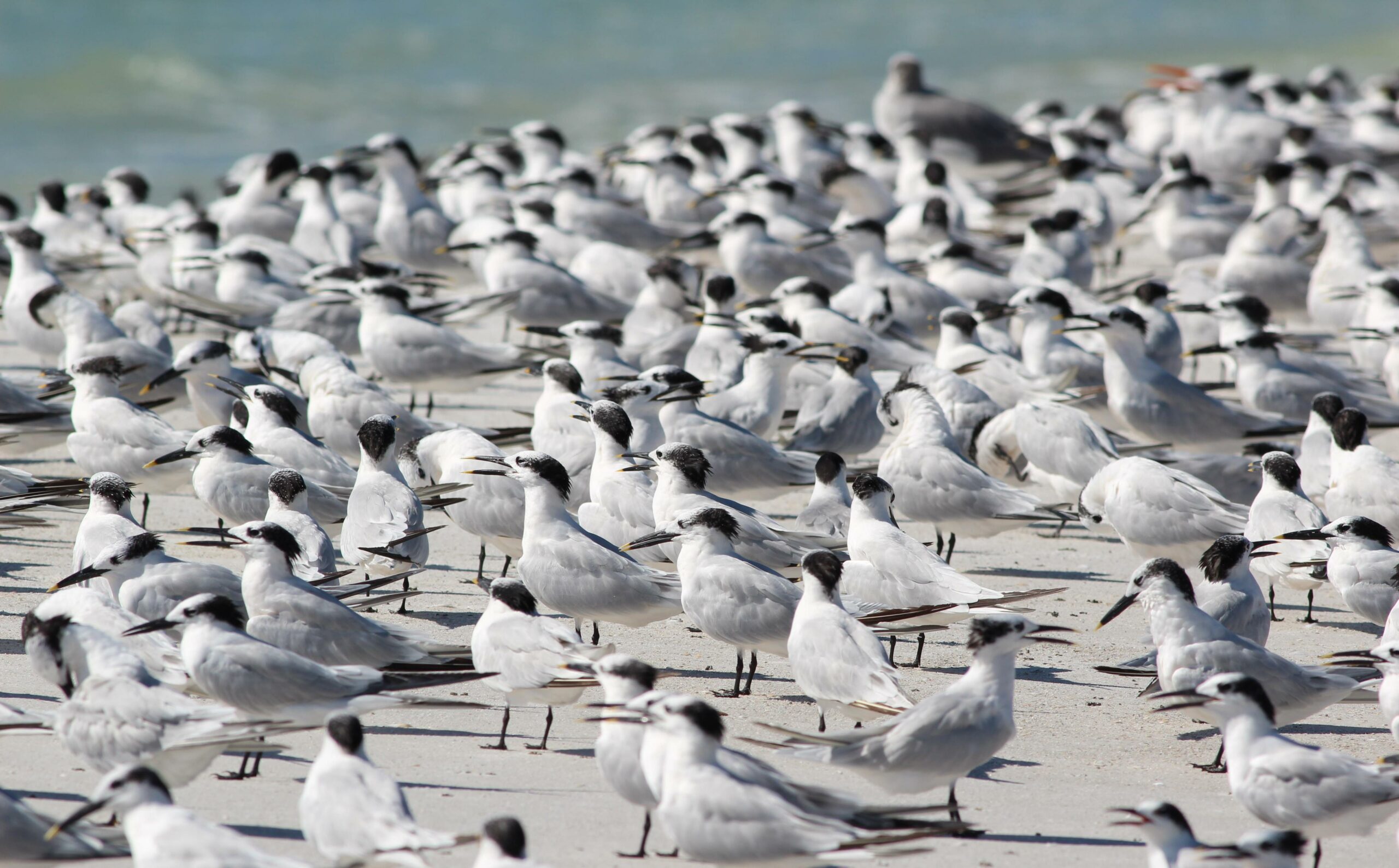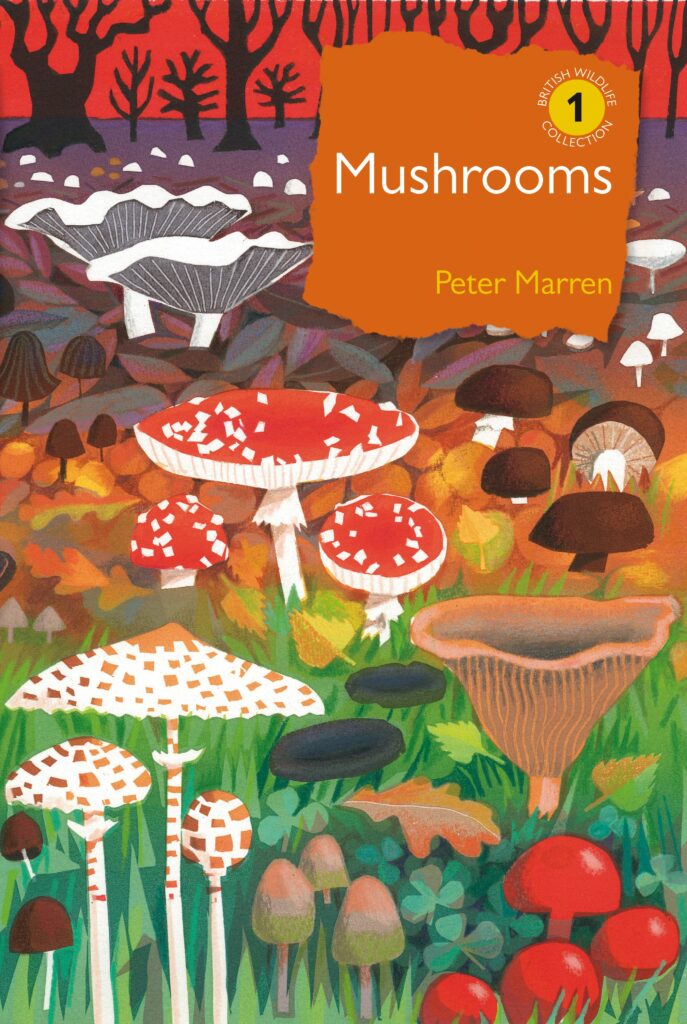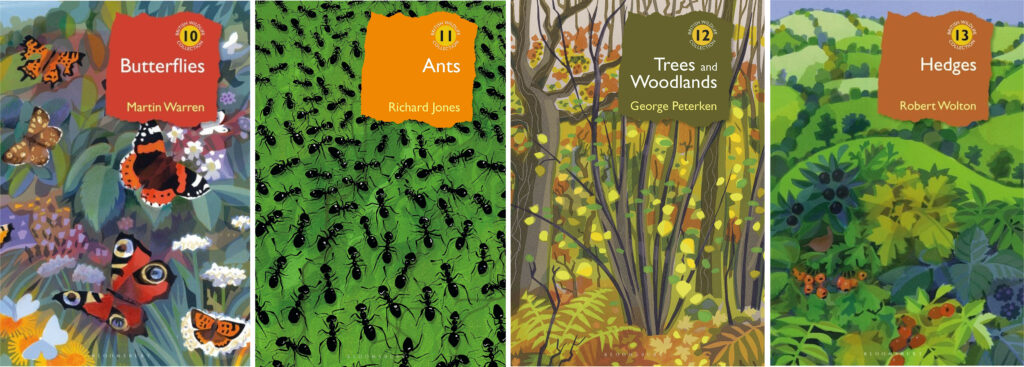Snails are a common feature in our gardens and parks. You may have particularly noticed them if you have a vegetable or plant patch, as they feed on the leaves, flowers and fruits of many of our food plants. There are over 40,000 species of land snail, although only around 120 occur in Britain.
There are several useful features for identifying the correct species. The overall shape, in terms of the ratio of height to breadth, is important, as species can vary between a wide, round, flattened shape to tall and thin. The shape, colouration and thickness of the mouth of the shell can often be used to discern between visually similar species. Shell colour and pattern of the shell can help. However, this can be varied between individuals of the same species. Empty shells can also have a different appearance than those with the snail inside. Other useful features can include the direction and number of whorls, shell thickness, surface sheen and texture.
Very little equipment is needed for identifying snails, but a hand lens can help for smaller specimens, particularly when counting whorls or looking at shell textures. Specimen pots or trays can help you to safely store species while you study them, and forceps are useful for collecting and moving smaller, more delicate species.
Garden Snail (Cornu aspersum)
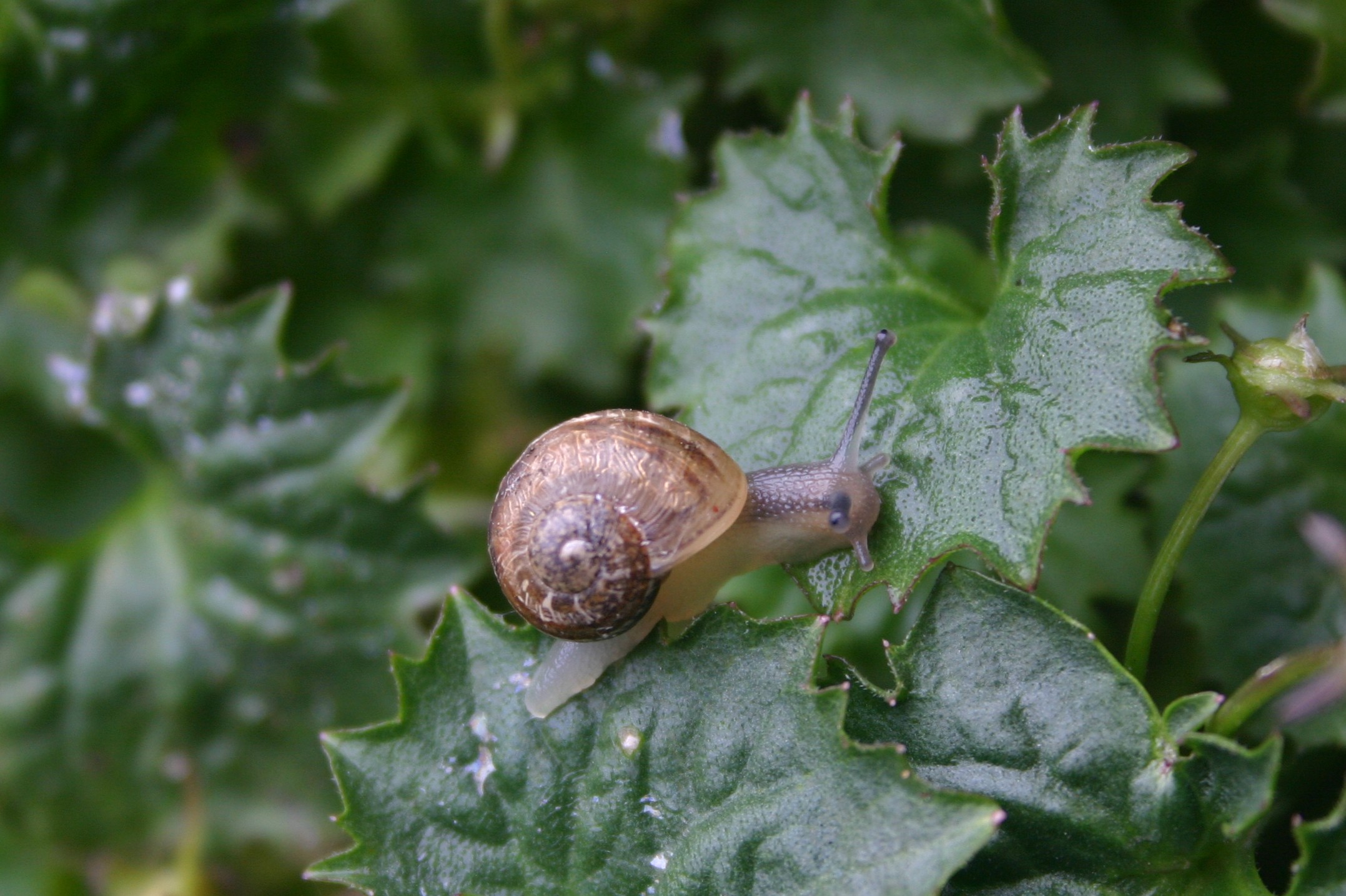
Distribution: Common throughout lowland Britain.
What to look for: This is a well-known species that most people will have seen in their gardens or local green spaces. The garden snail has a thick shell, with a mottled brown, red, and yellow colouration. Its shell aperture is large and has a thickened white lip. It has around 4.5–5 whorls and its thick shell has a rough, wrinkled surface. The umbilicus, the depression or hole at the centre of shell whorls, often on the underside, is completely sealed by the lip.
White-lipped Snail (Cepaea hortensis)
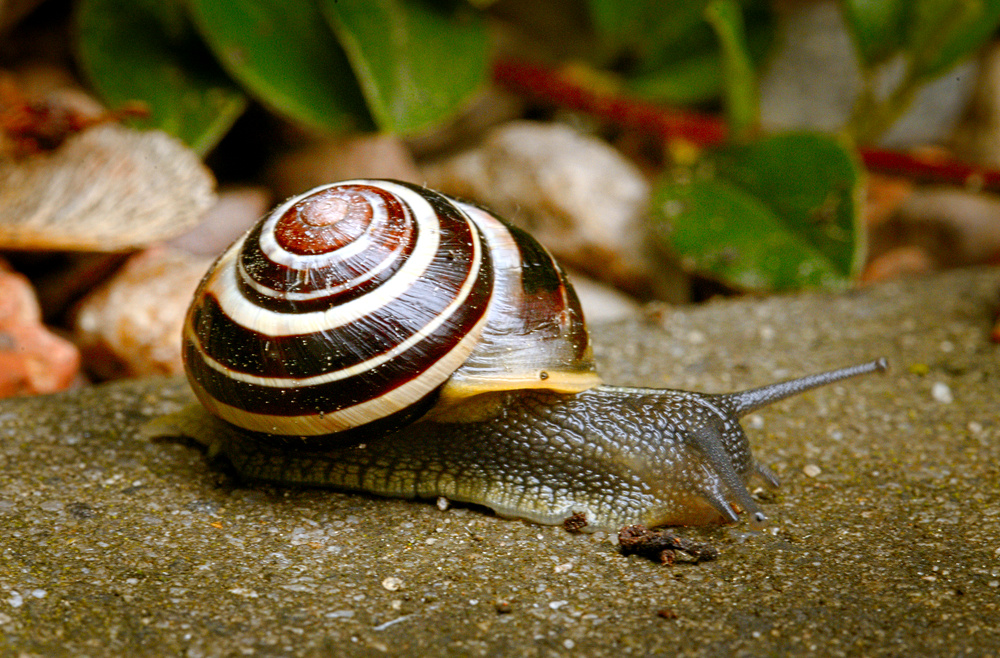
Distribution: Widespread across Britain, but mainly found in coastal areas in Scotland.
What to look for: This species has a glossy, smooth shell that is usually a yellow colour. However, individuals can be pink, brown or red. The number and presence of dark spiral bands can vary but there is no more than five. This species most often has an obvious white lip around the shell aperture.
Brown-lipped Snail (Cepaea nemoralis)
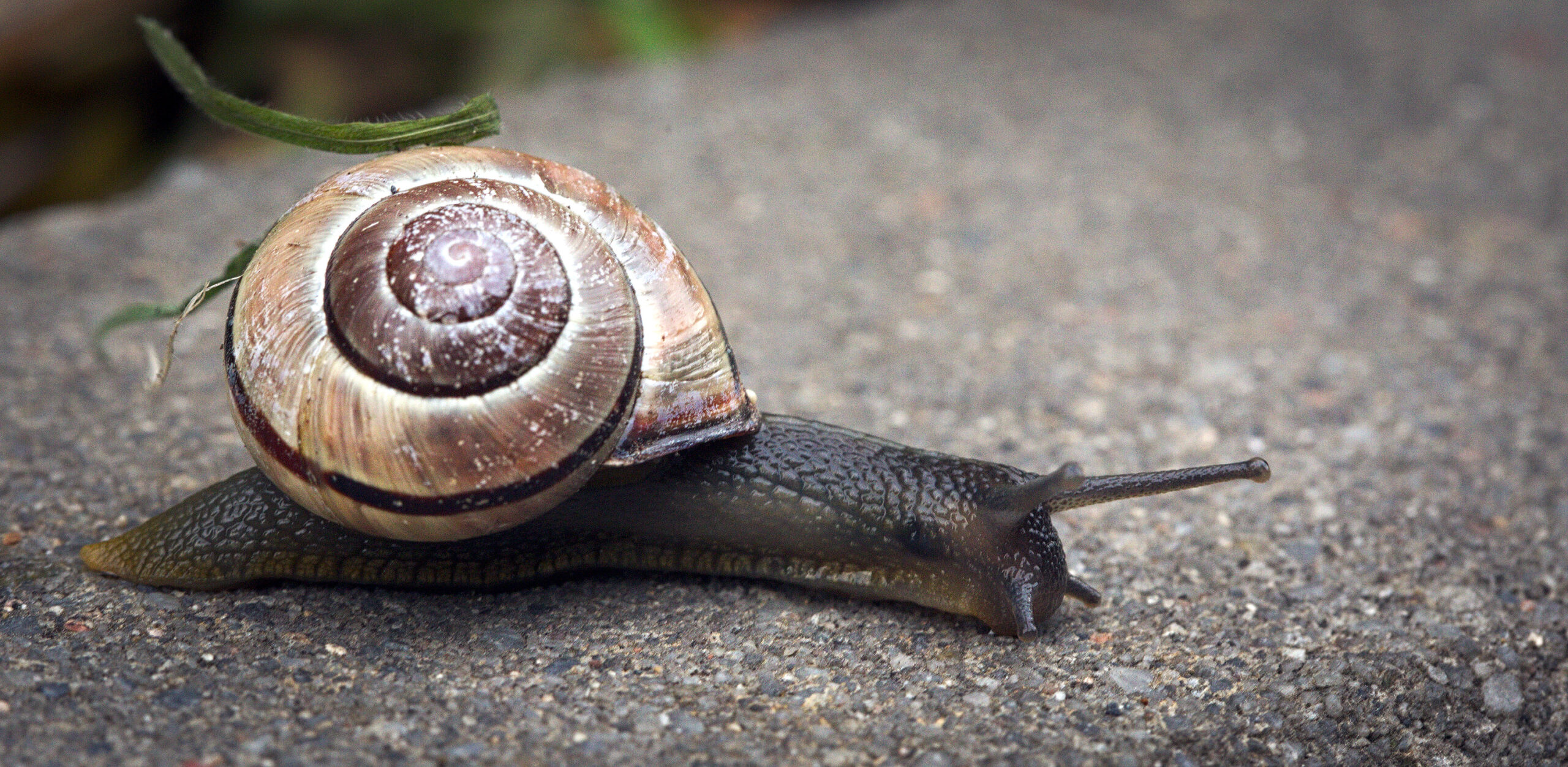
Distribution: Widespread across Britain apart from the northern parts of Scotland.
What to look for: The colouration of this snail is widely variable and can be yellow, brown or pink. The presence of the banded patterning is also variable and they can have up to five bands across their shells. Their shells have between 4.5–5.5 whorls, with a semi-glossy surface. There is usually a dark rim to the lip of the shell aperture.
Hairy Snail (Trochulus hispidus)
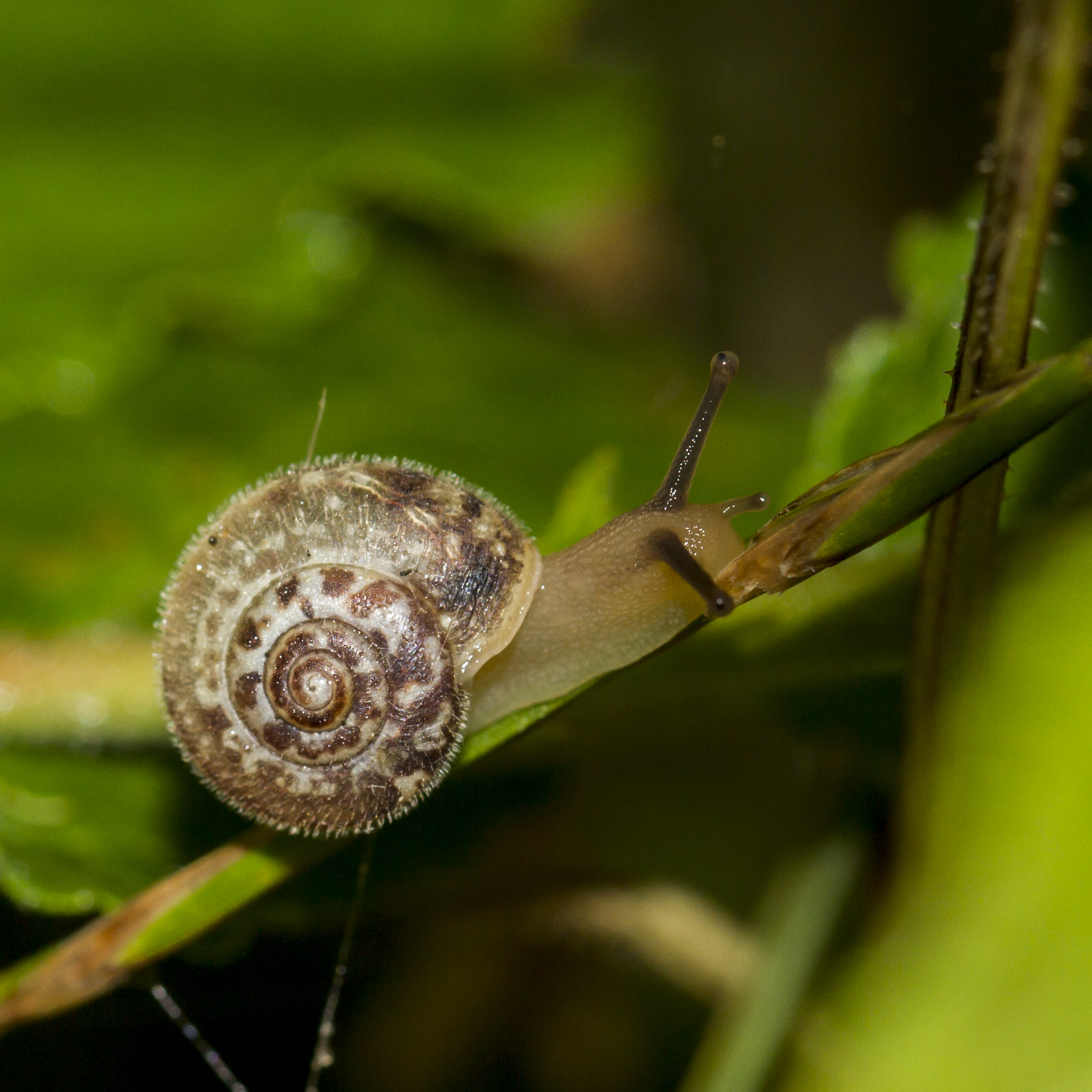
Distribution: Widespread throughout Britain.
What to look for: This snail can vary in colour from cream to brown. It sometimes has a light band around the shell aperture. The shell is quite flat and densely covered in short hairs, which can be worn away over time. These hairs have been found to help the snail to adhere better to wet surfaces.
Copse Snail (Arianta arbustorum)
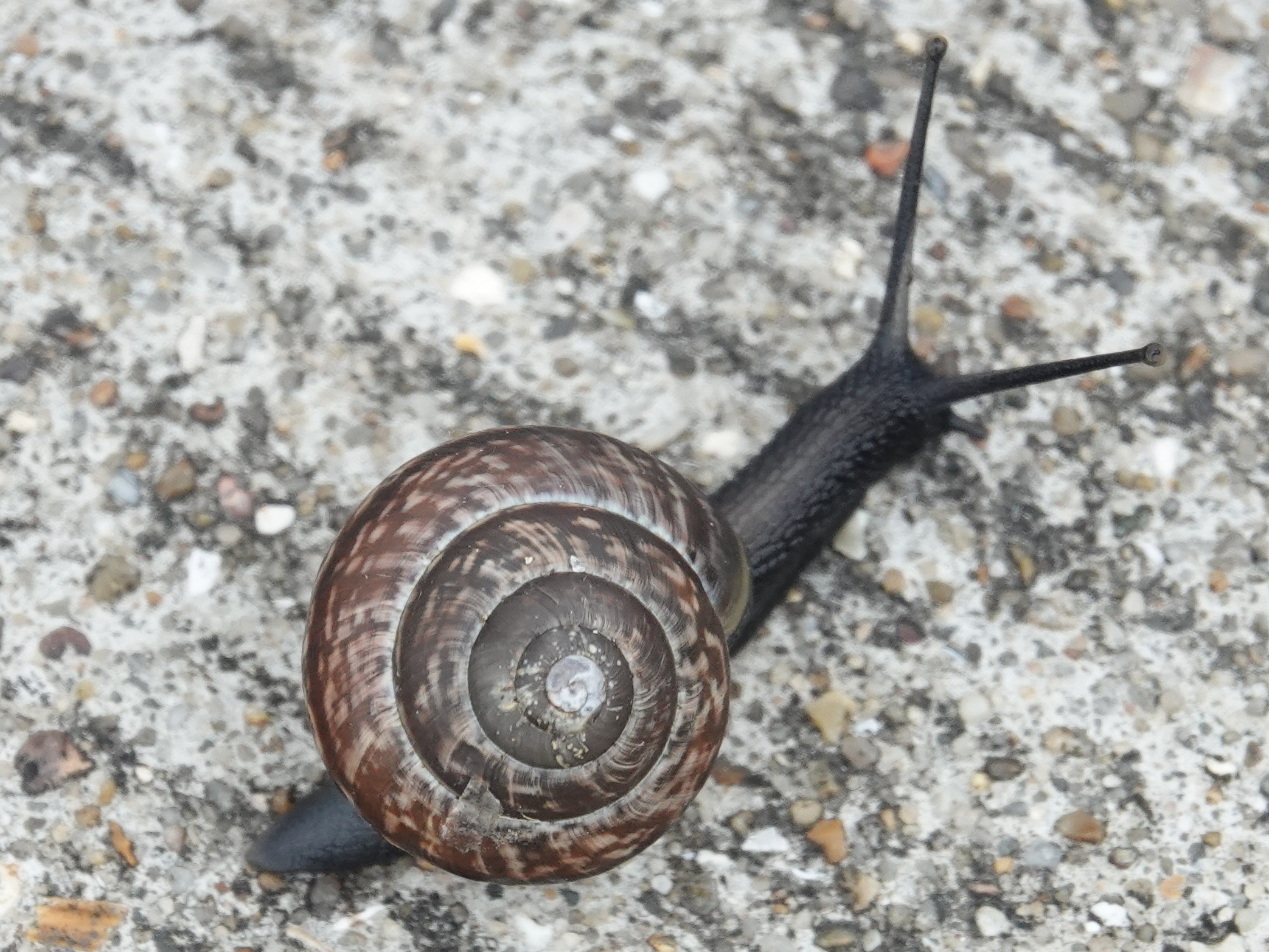
Distribution: Widespread.
What to look for: This species can grow up to 19mm. Its shell is a mottled brown with a thin band around the circumference, although its colour pattern can be highly variable. Its body is very dark and the shell aperture is a ‘C’ shape, often with a paler inside lip that can be bone-white. The shell has between 5–6 whorls and the umbilicus is a small crescent-shaped slit.
Kentish Snail (Monacha cantiana)
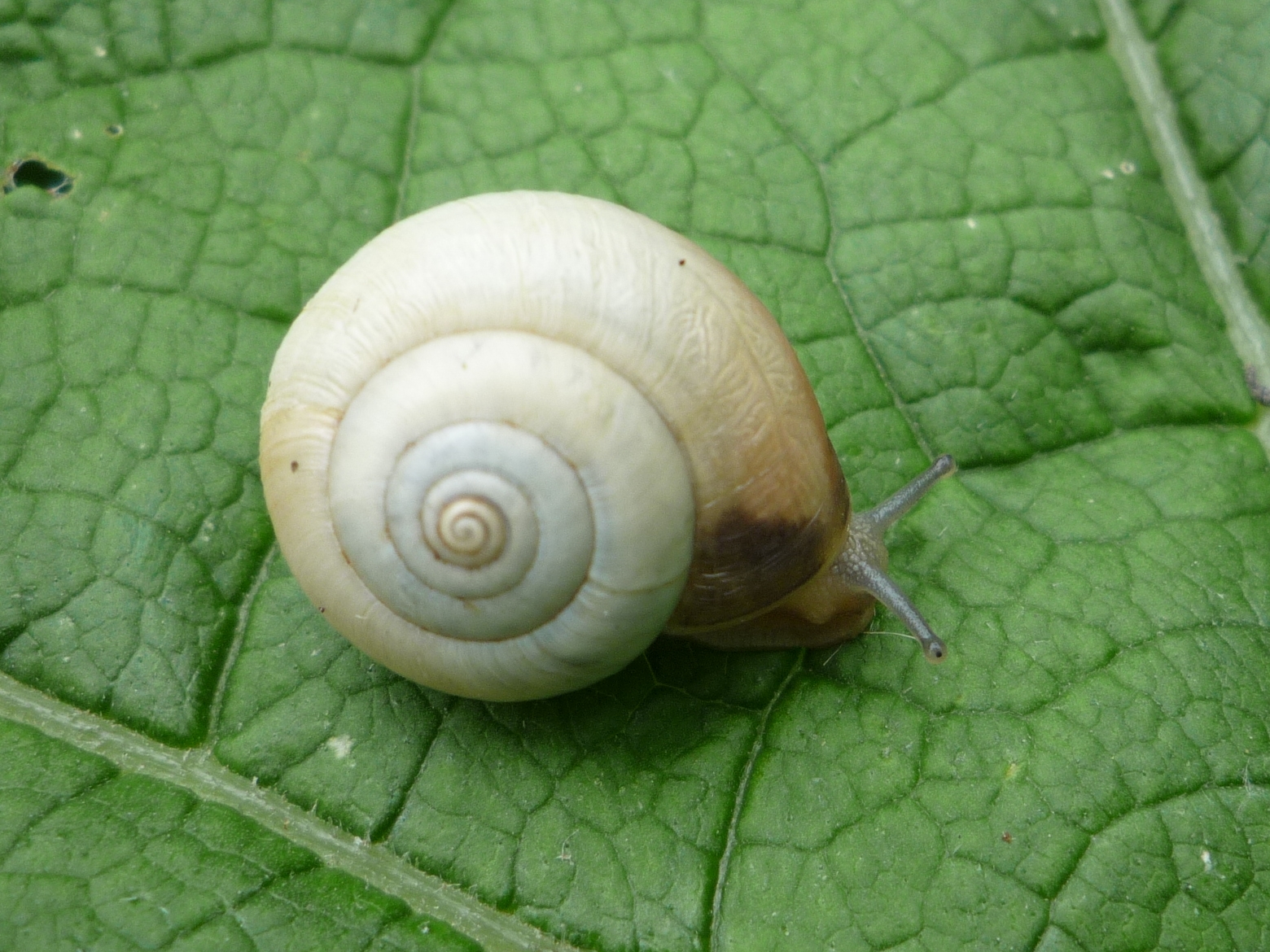
Distribution: Widespread across England, less common in Wales and Scotland.
What to look for: This non-native species has a creamy shell with dark mottling. It often has a pale band around its circumference and a relatively small umbilicus. The body of the snail is a pale brown, with a darker skirting and sometimes darker tentacles.
Striped Snail (Cernuella virgata)
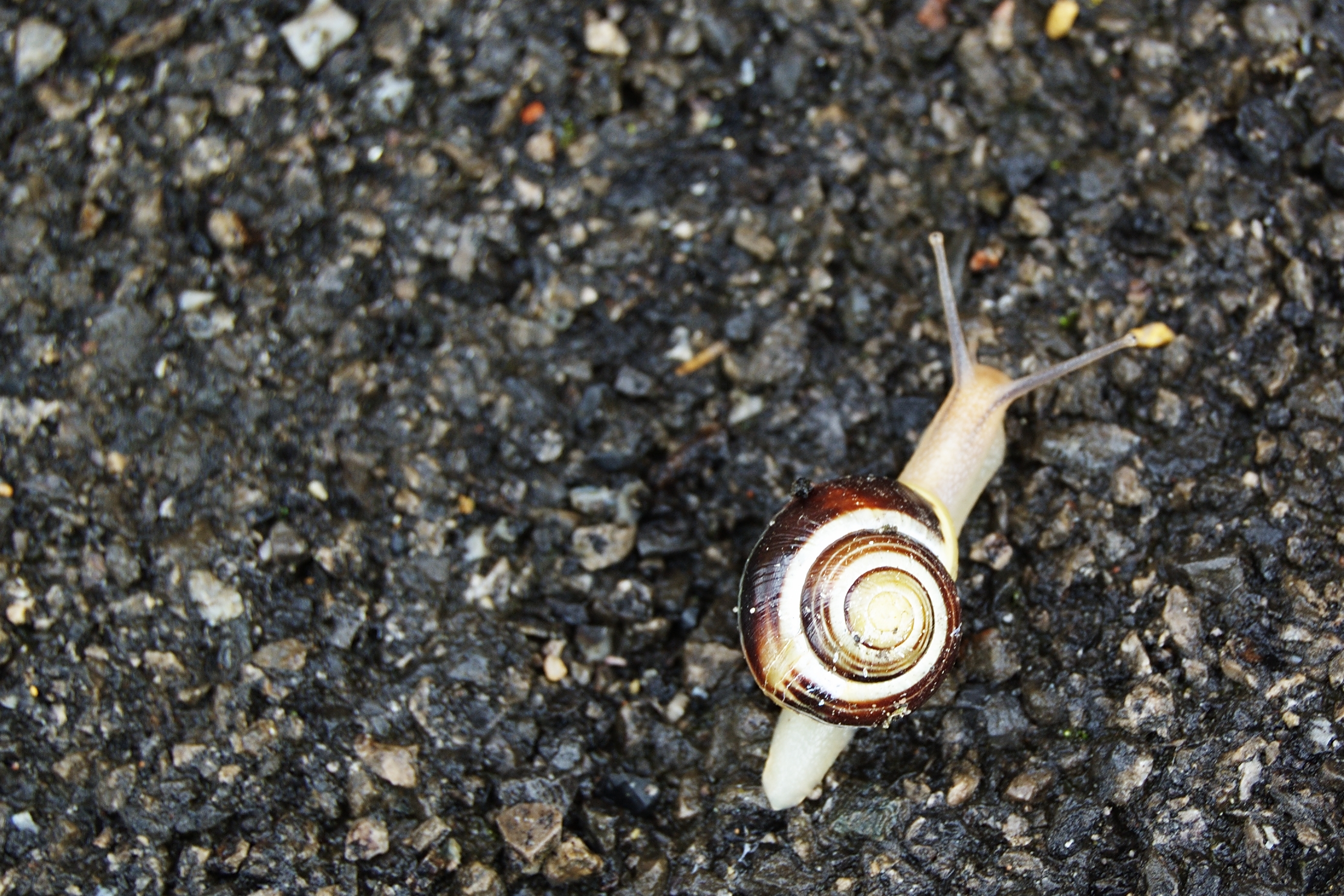
Distribution: Widespread.
What to look for: Also known as the vineyard snail, this snail has a pale shell, usually with dark spiral bands. The shell colouration and the number of markings are variable. It is an uncommon species, usually found in calcareous grassland, sand dunes and coastal grasslands.
Pointed Snail (Cochlicella acuta)
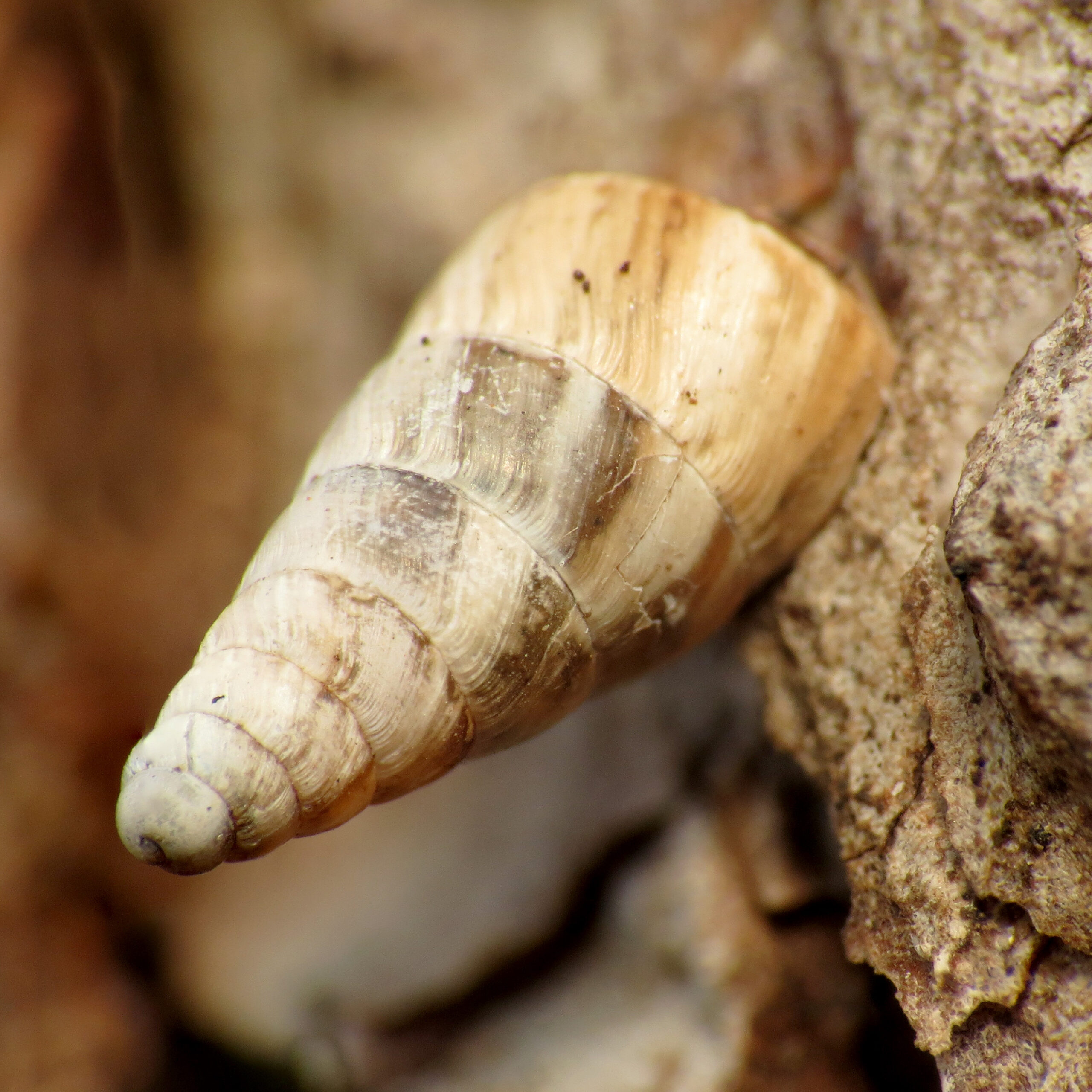
Distribution: Found mainly in Wales, Ireland, and south and west England, it also occurs on some islands off of Scotland.
What to look for: It has an elongated conical shell that tapers to a blunt tip. This shell varies in colour and markings but is usually a pale cream or off-white. It may have several bands of dark brown or black or be streaked with brown.
Amber Snail (Succinea putris)
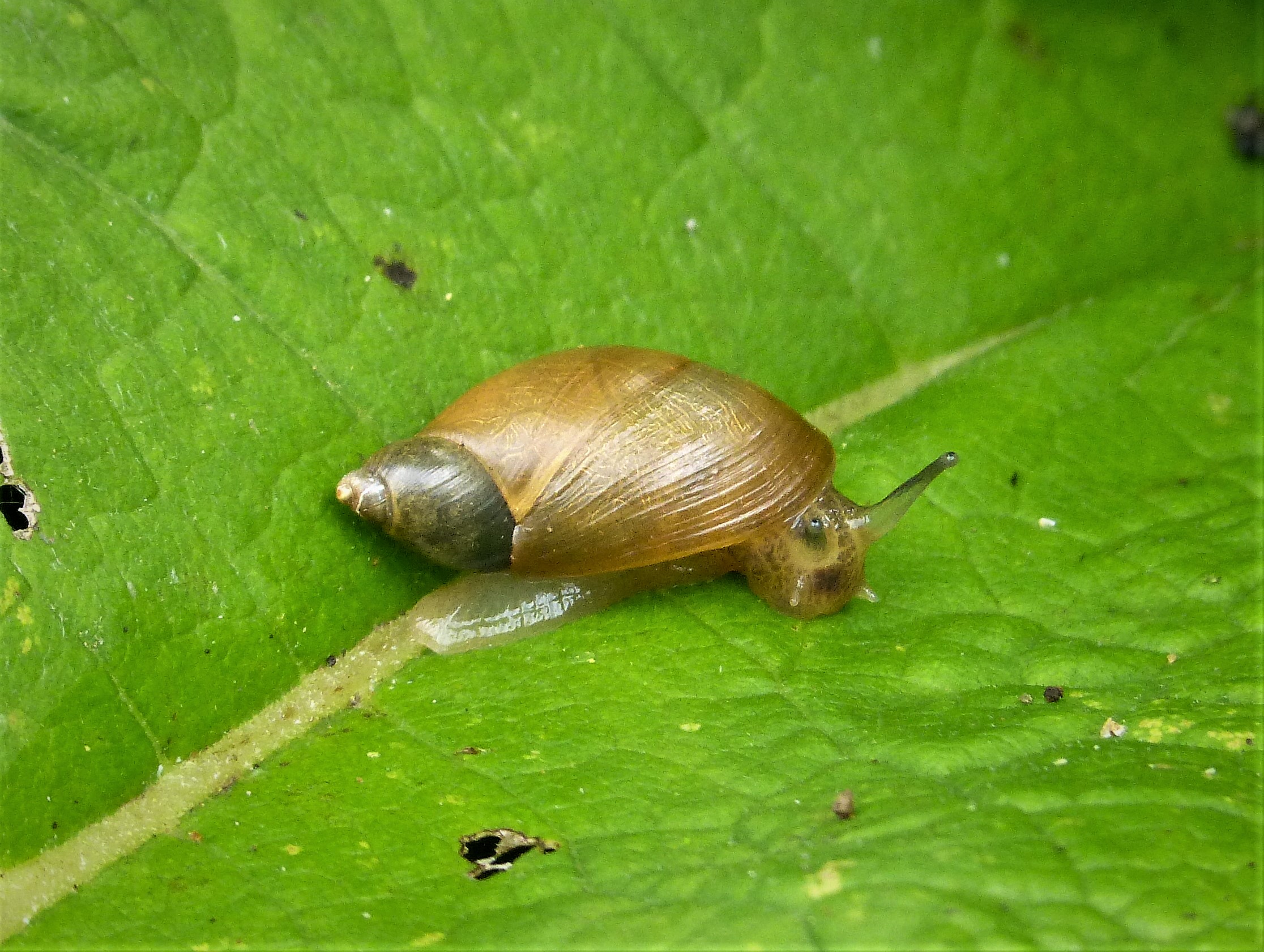
Distribution: Widespread throughout England and Wales, less common in Scotland.
What to look for: Between 15–22mm tall and 7–12mm wide, the shell of this species can range from very light amber to a darker orange-brown in colour. Its shell also has a very large final whorl. The body of this snail is a pale colour with two dark lines running along the top of its head, extending along its tentacles to its eyes.

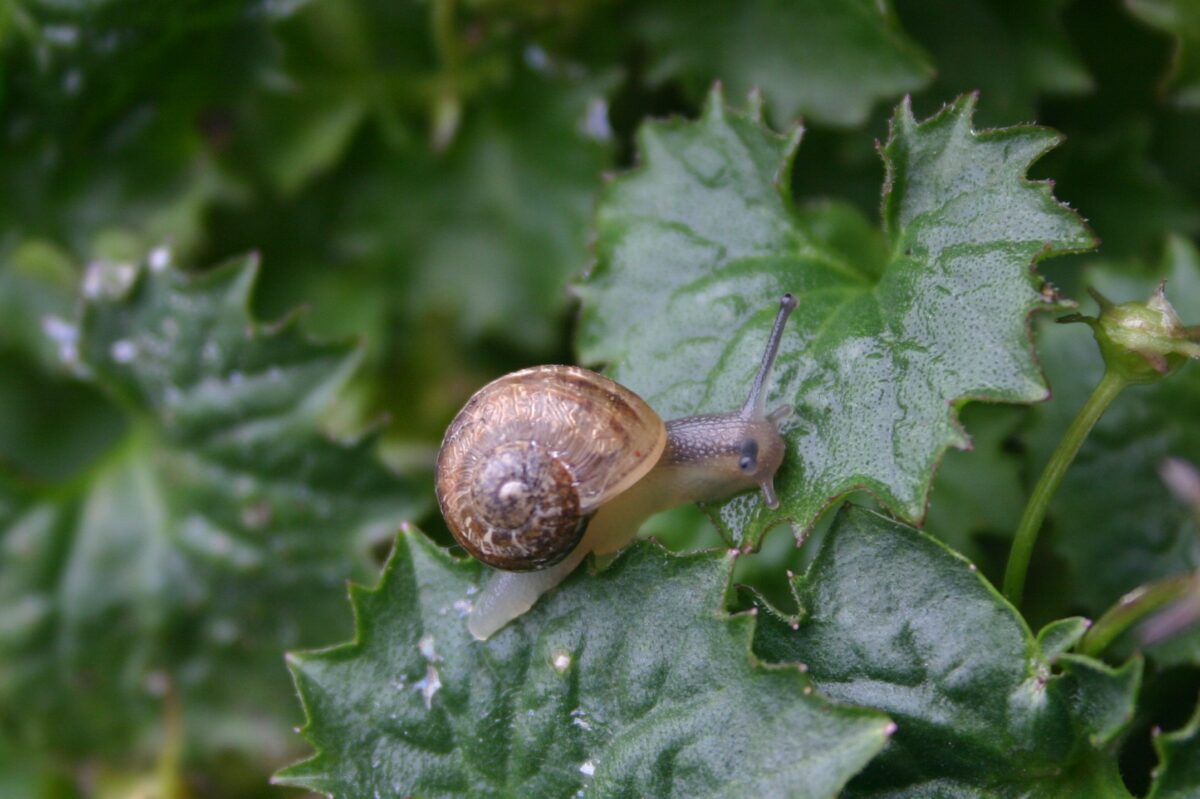
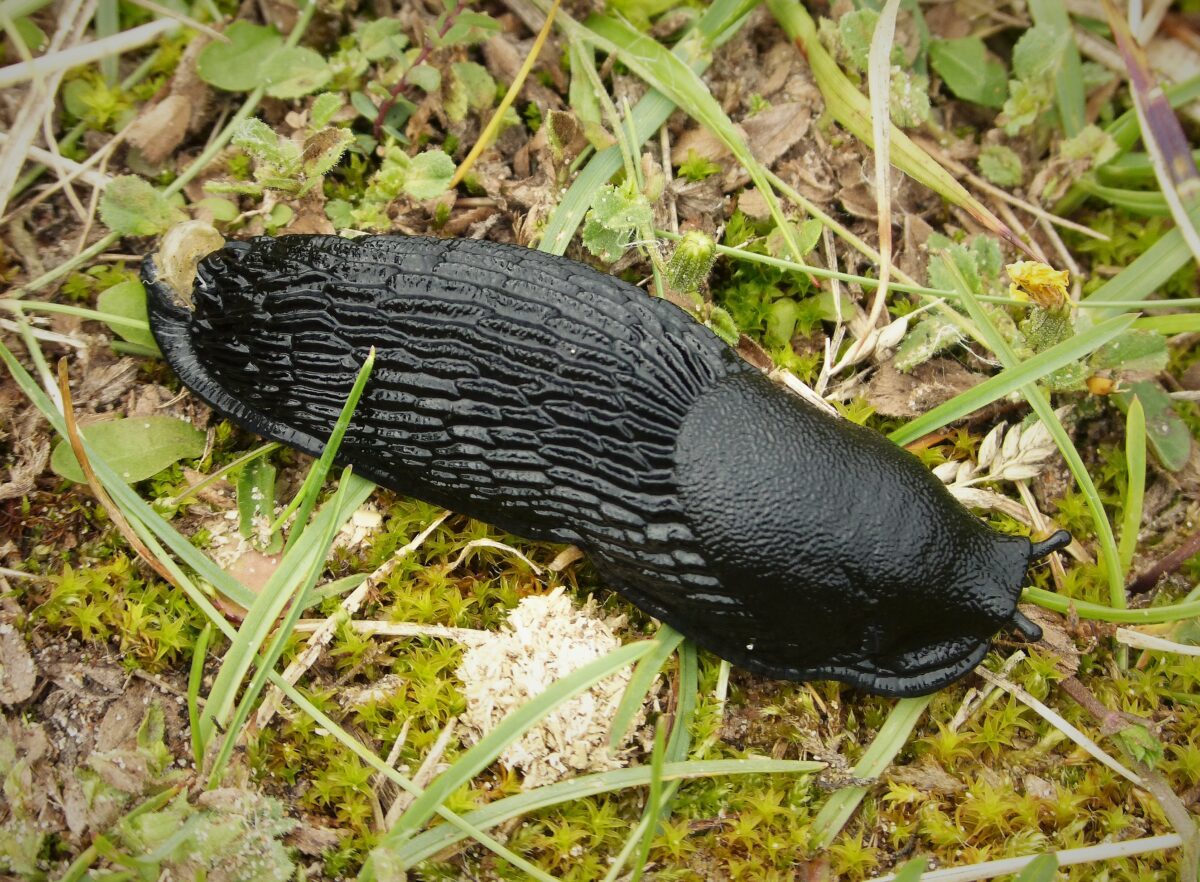
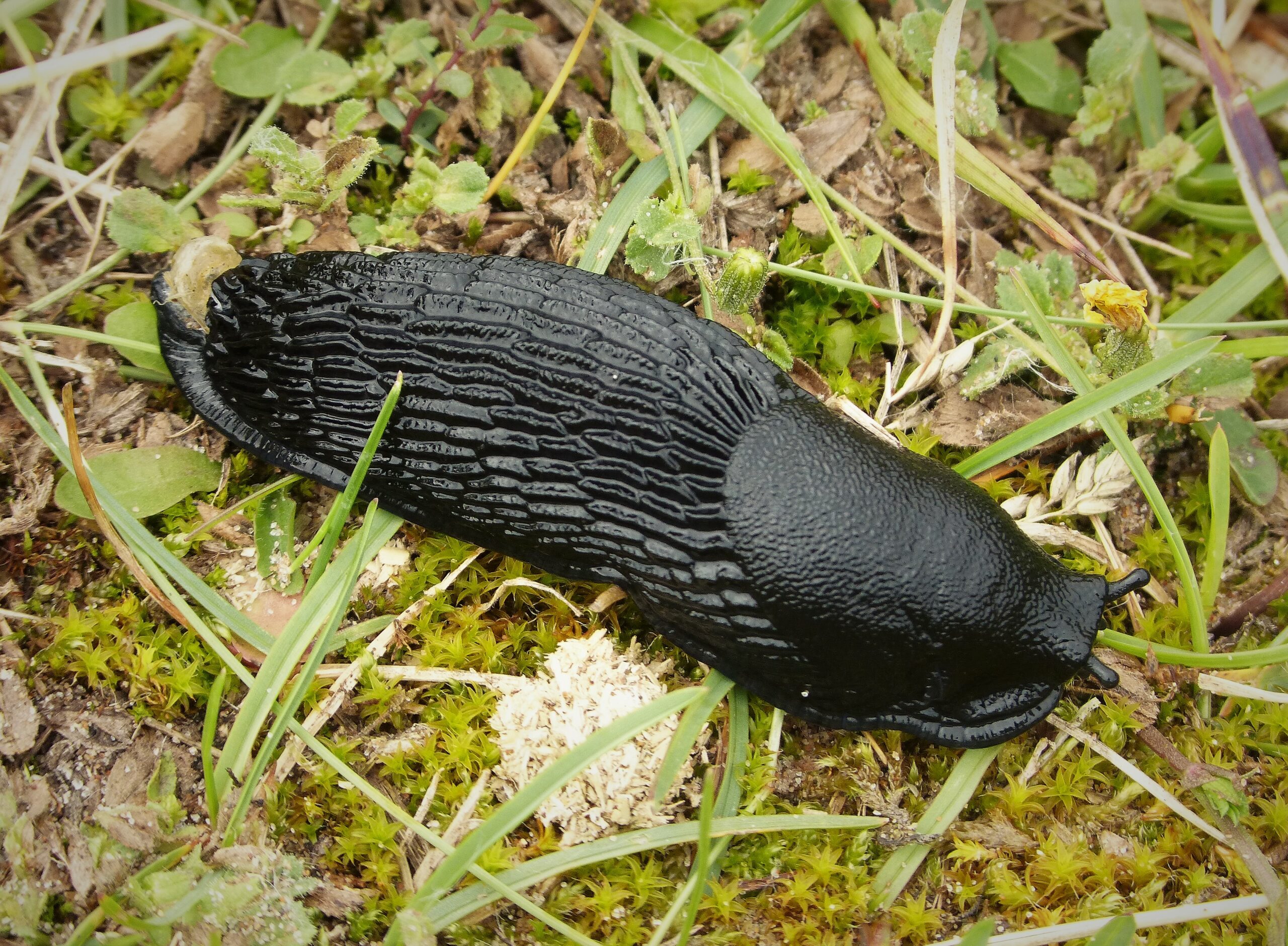
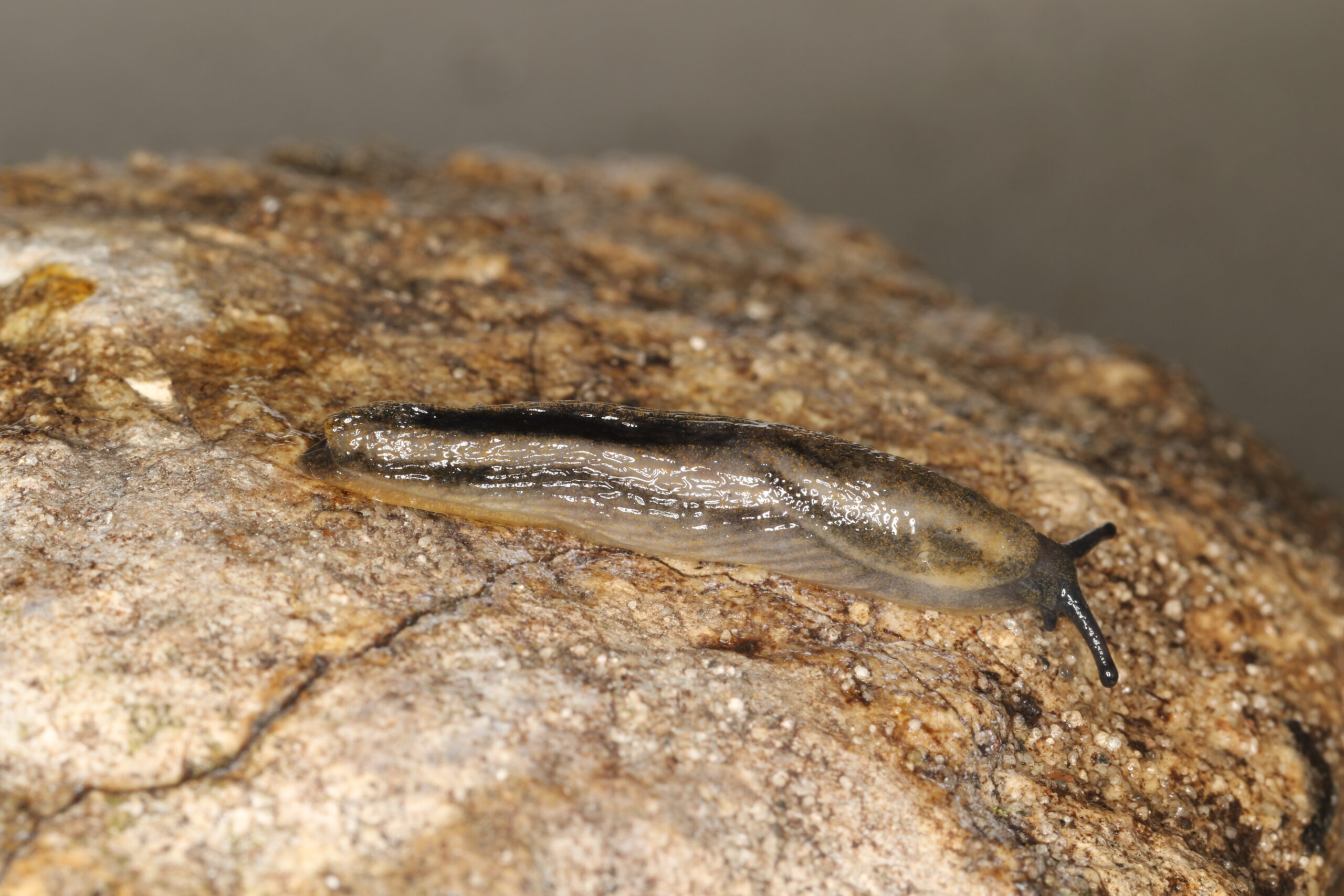
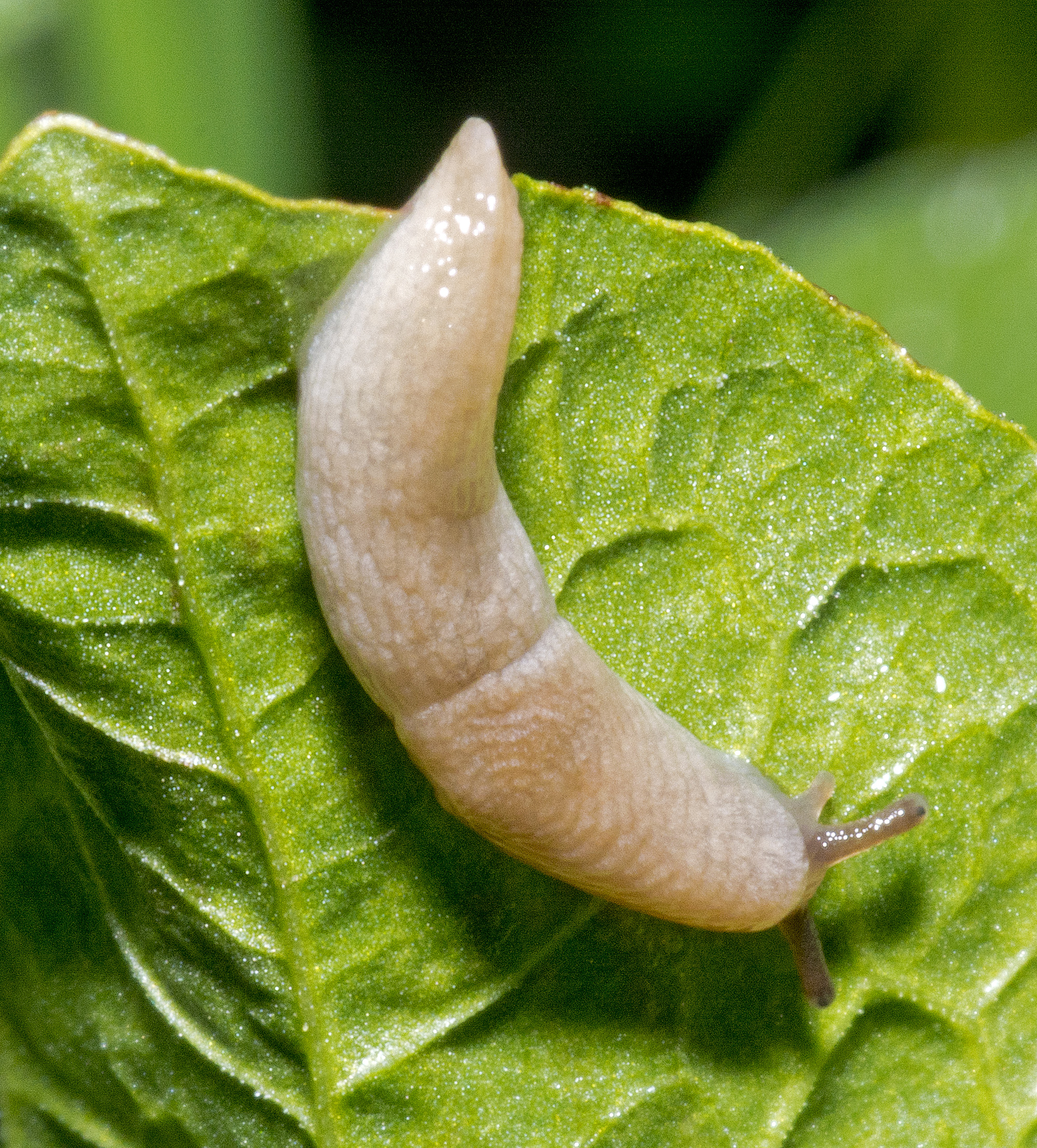
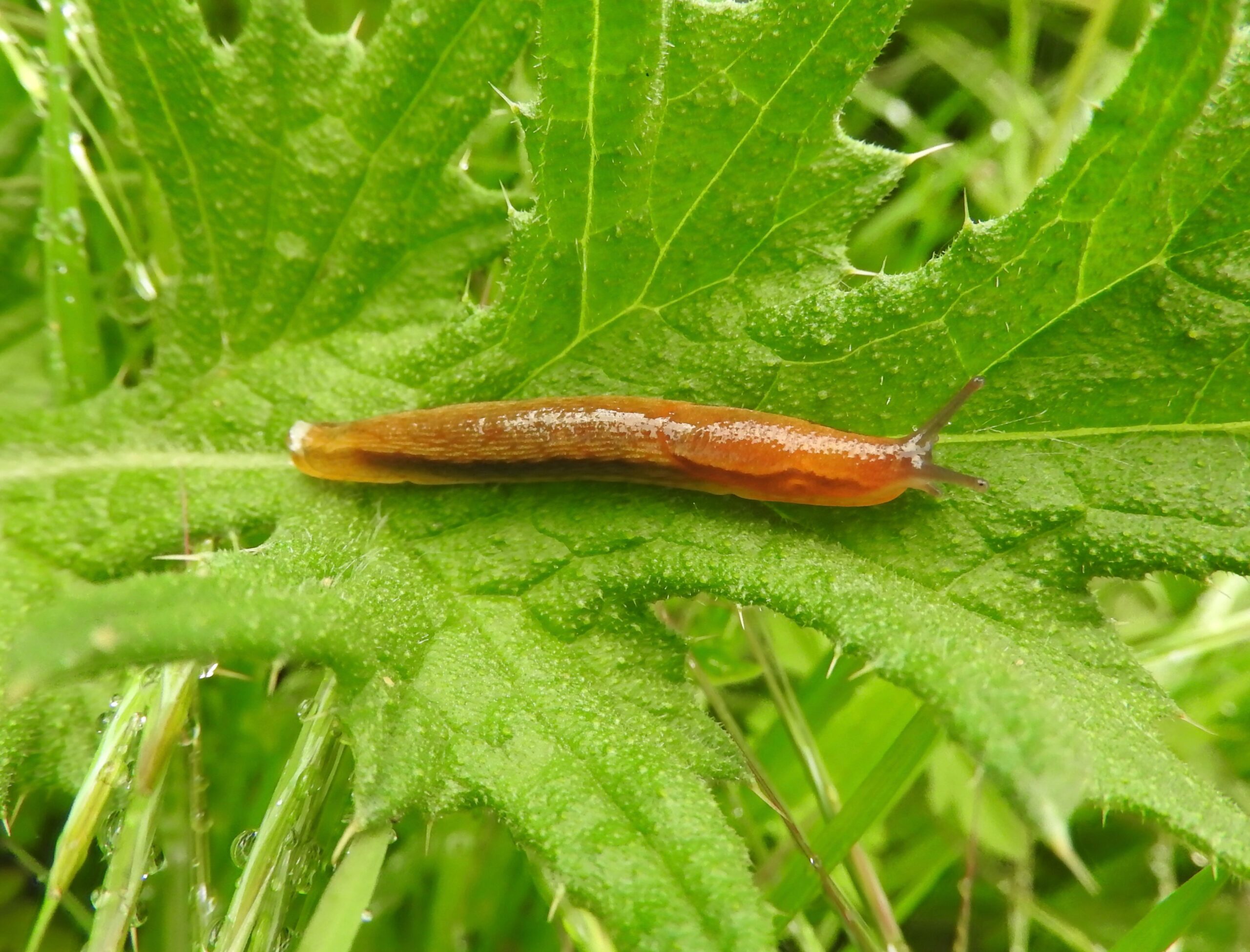
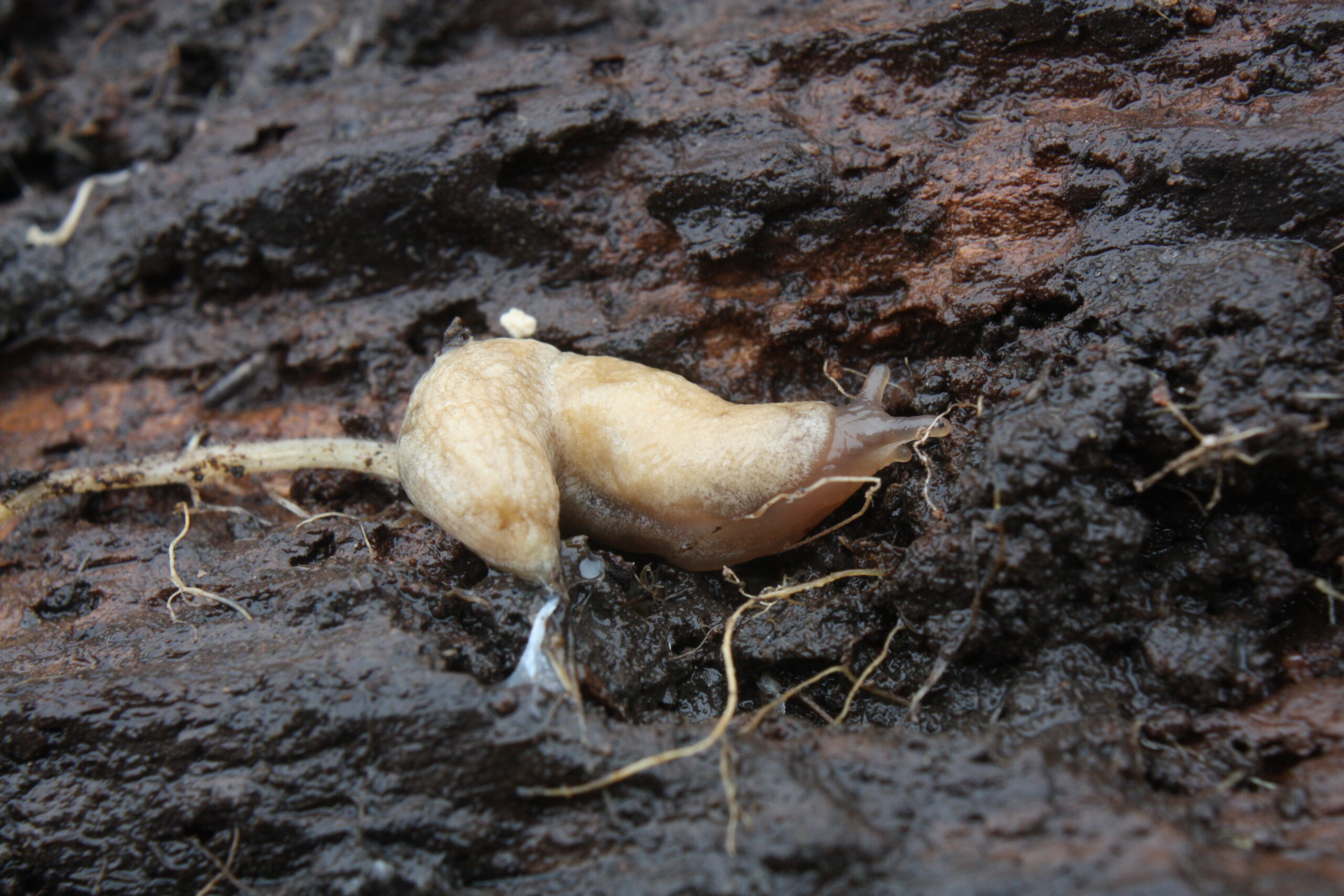
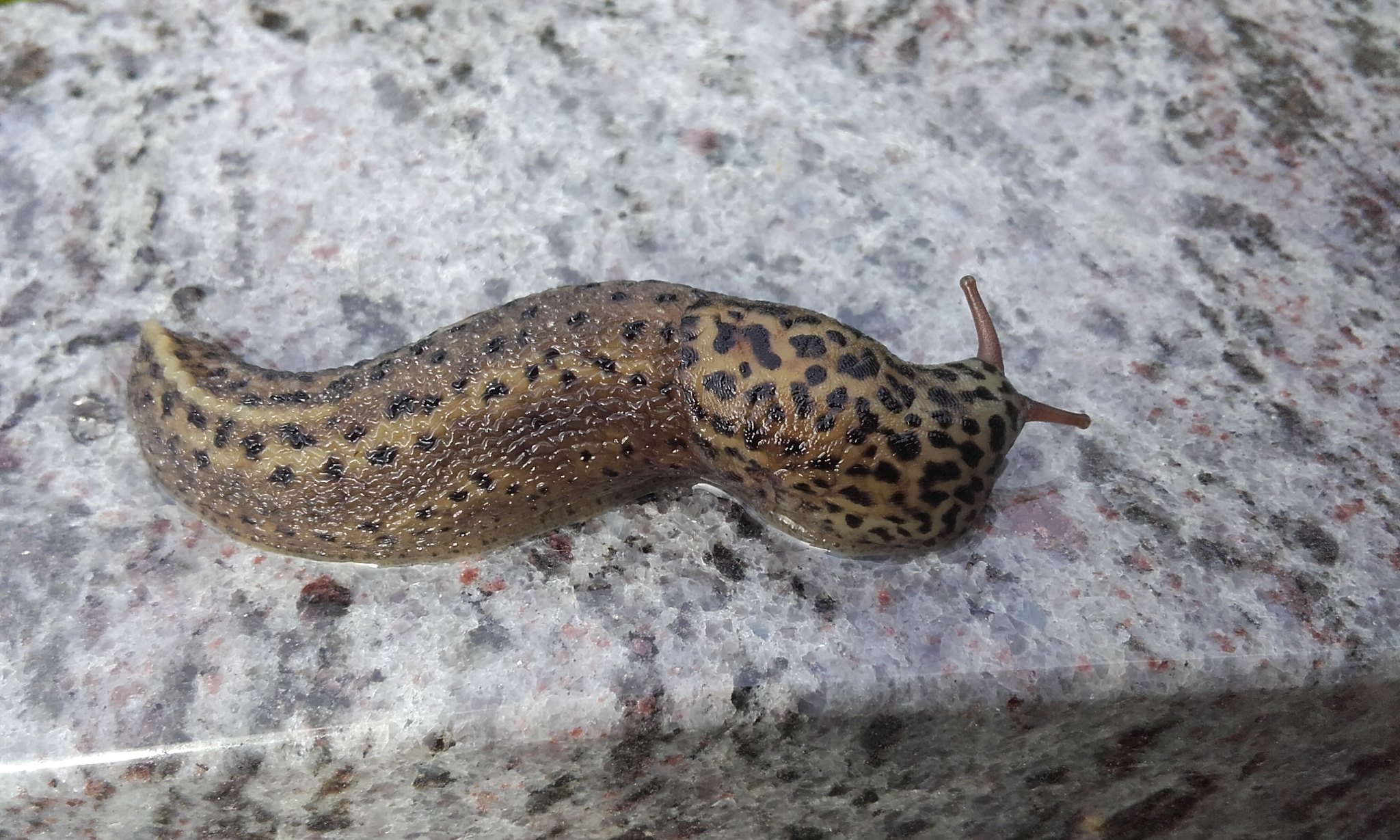
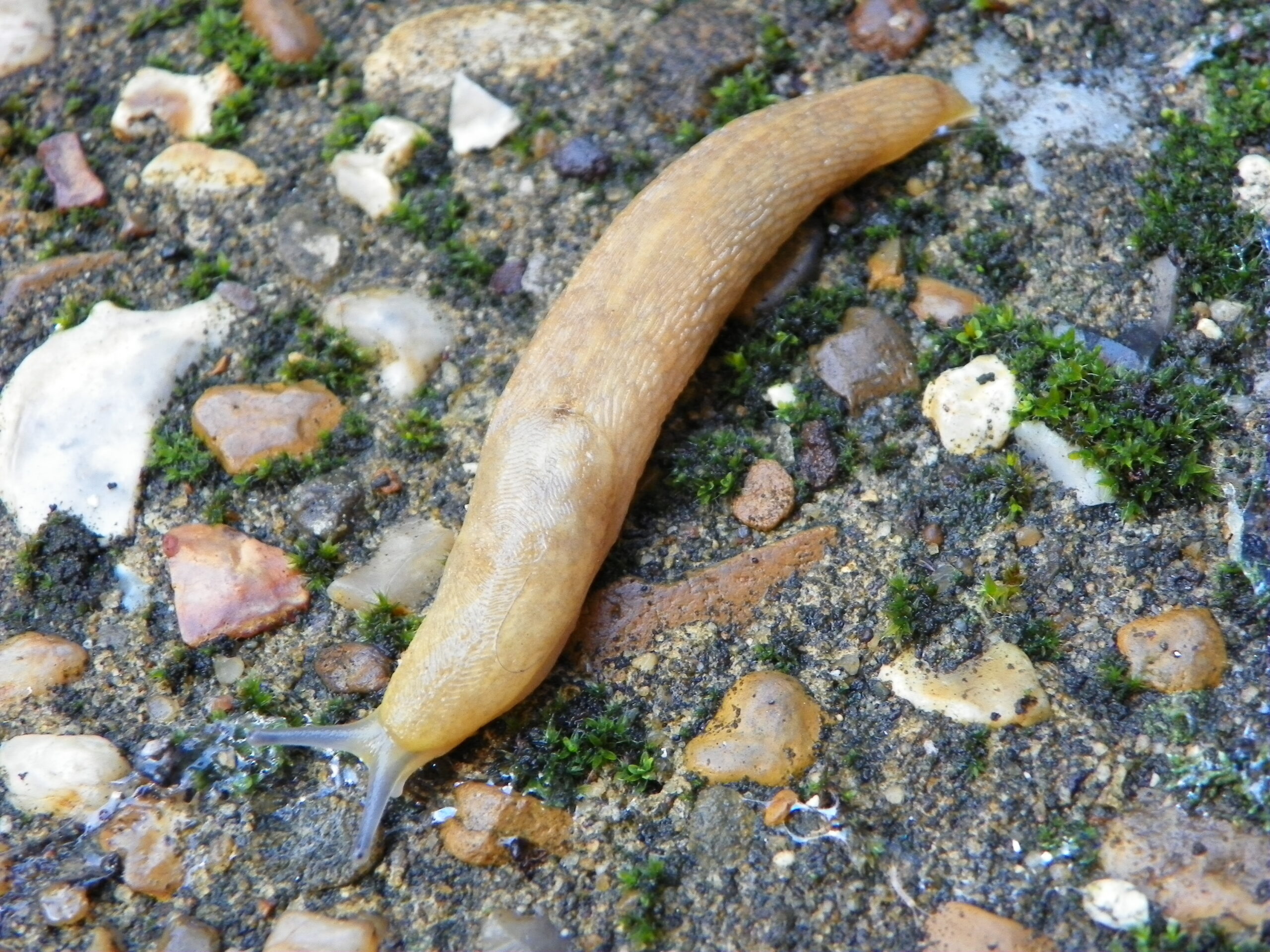
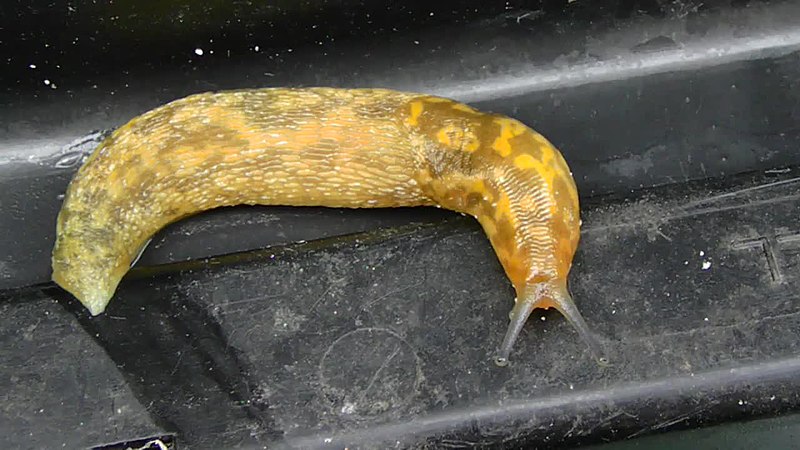

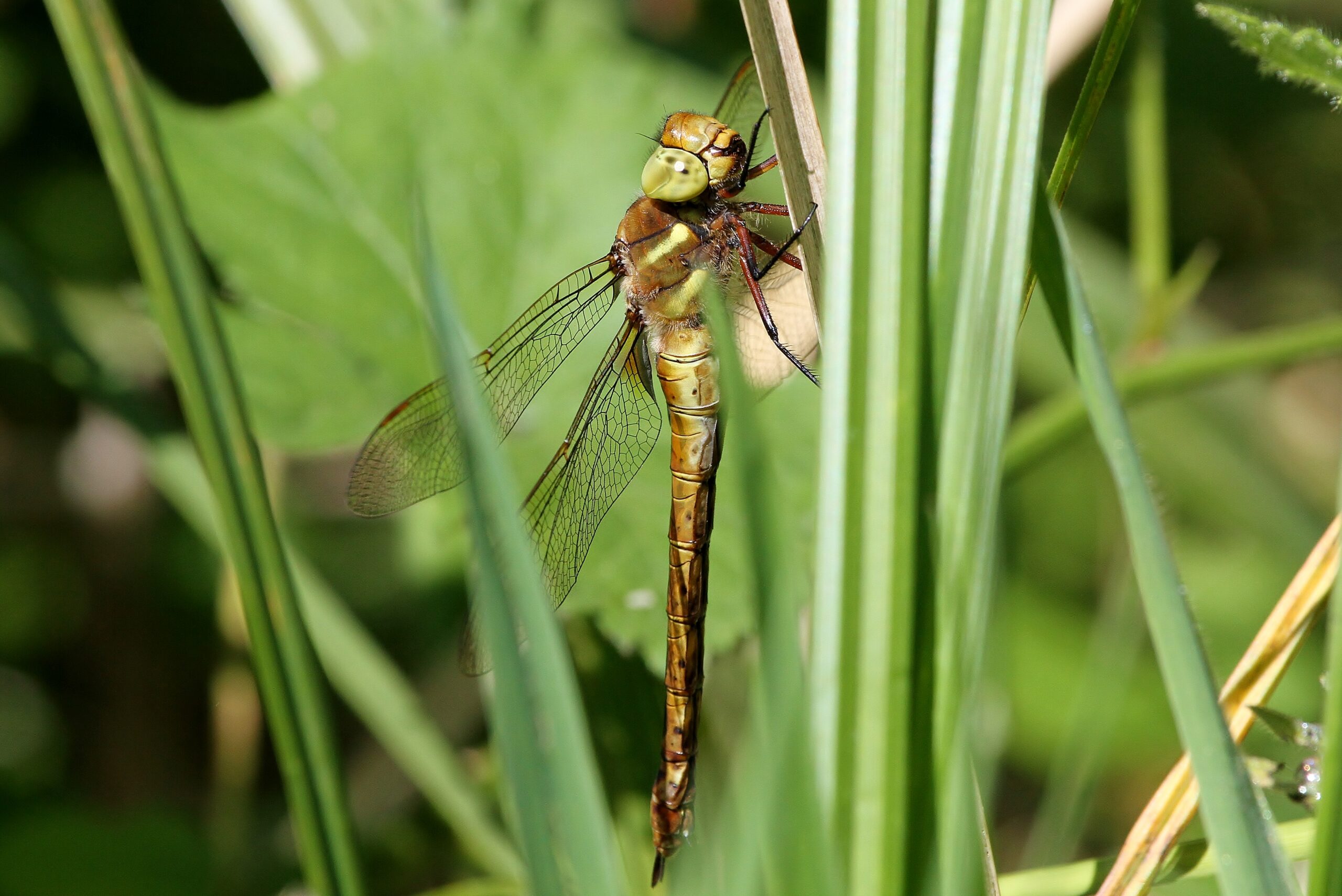
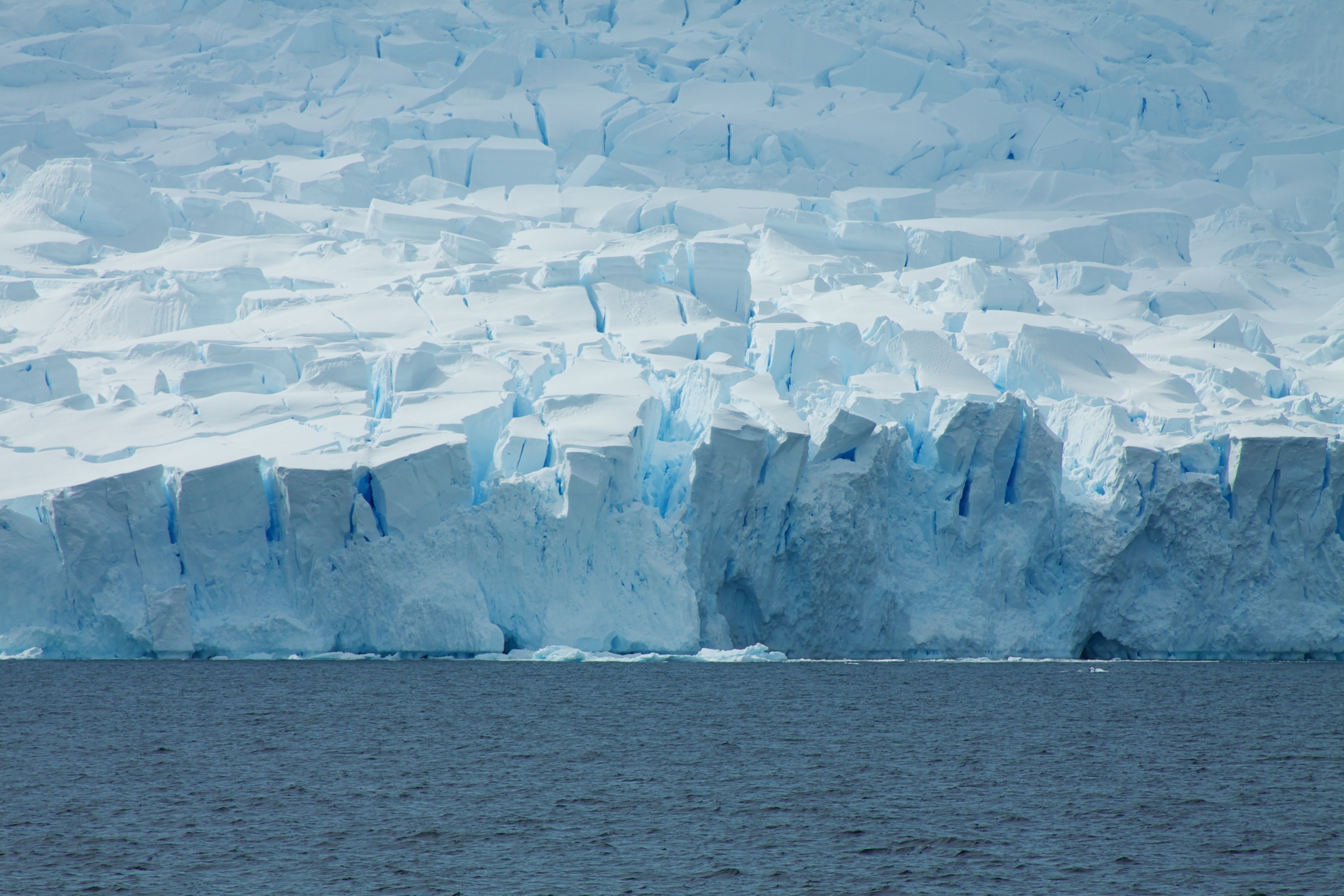
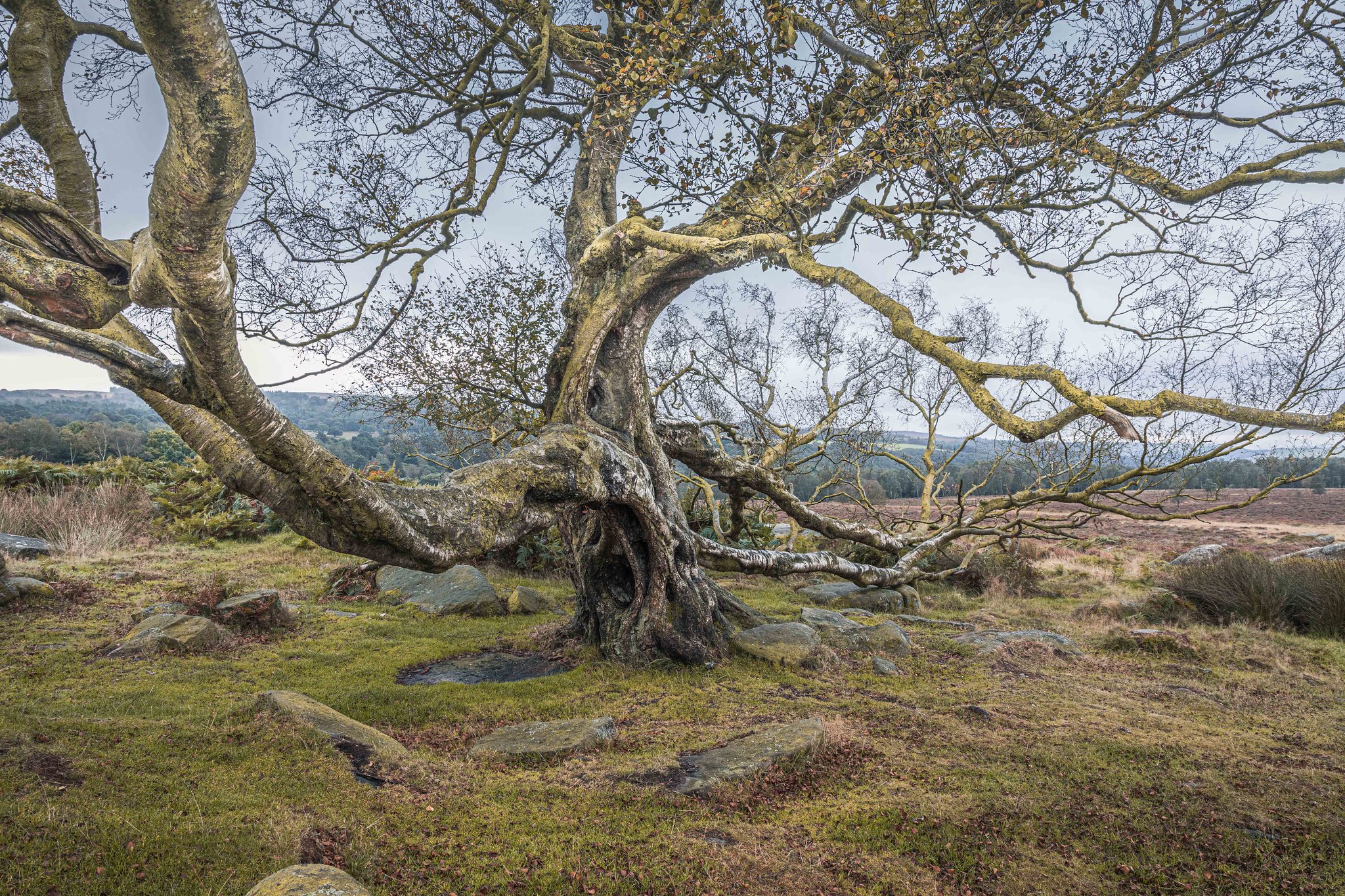
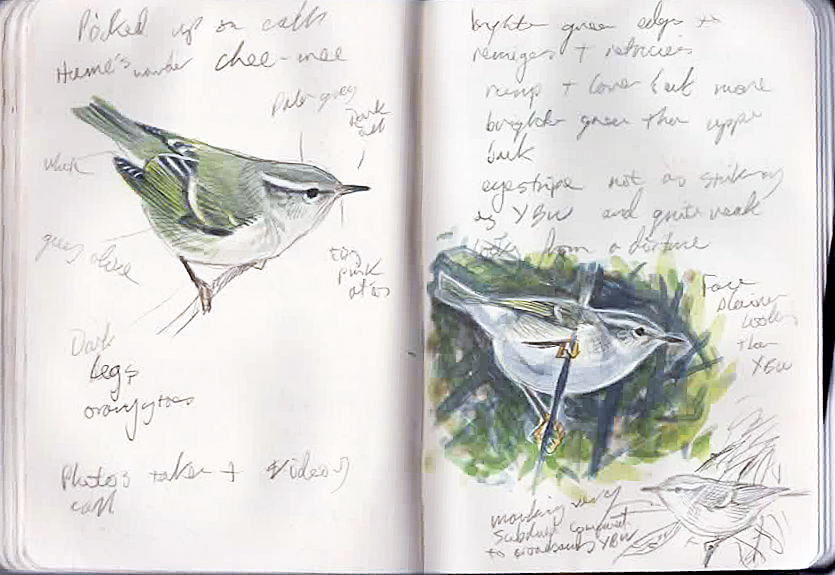
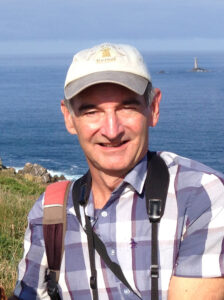 Mike Langman has been a full-time illustrator specialising in birds since 1992 and has published a total of 85 books
Mike Langman has been a full-time illustrator specialising in birds since 1992 and has published a total of 85 books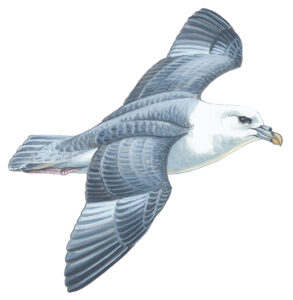
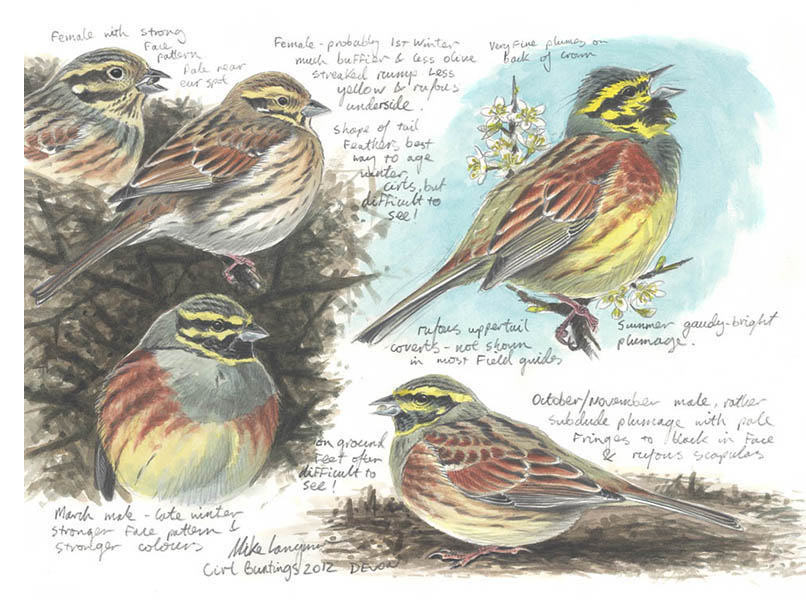
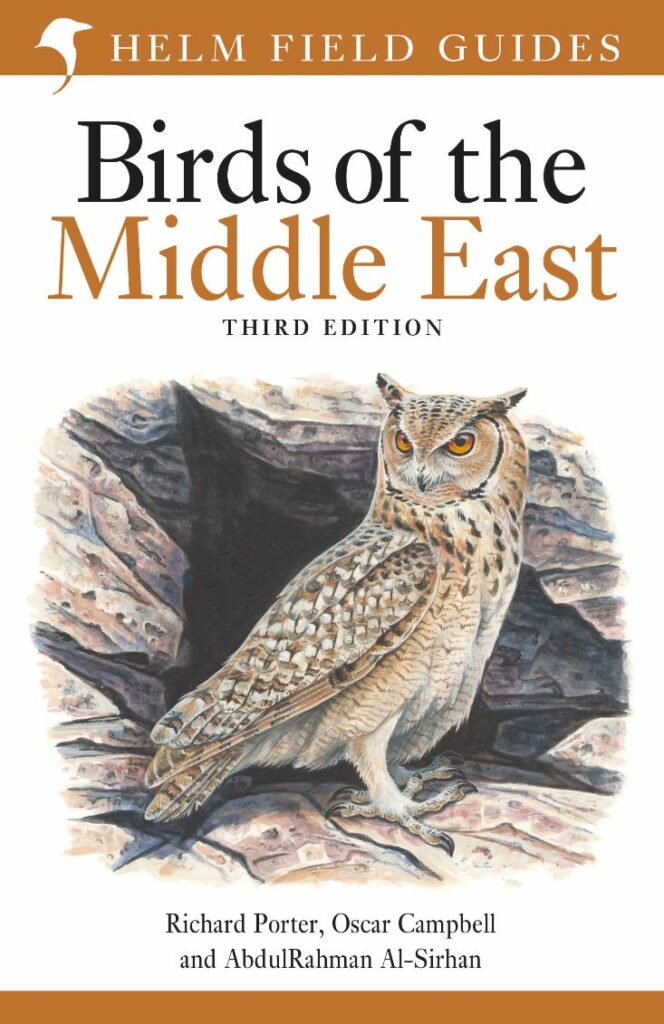
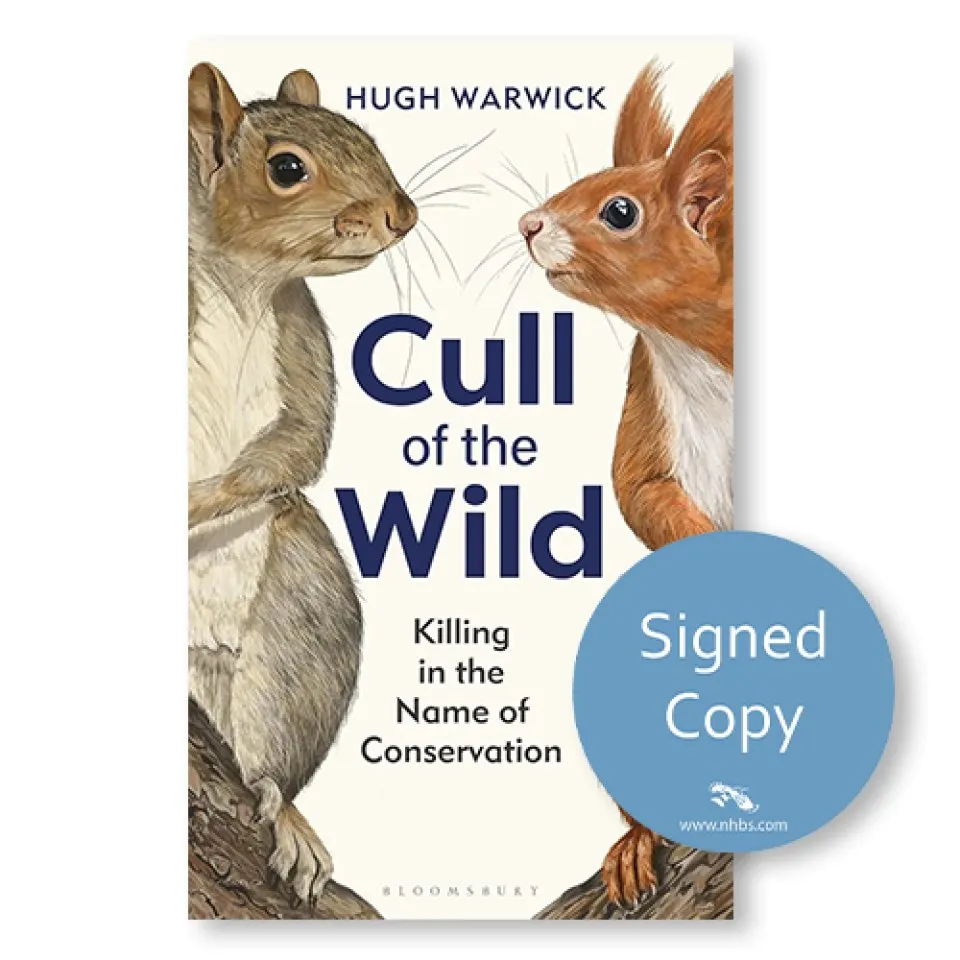

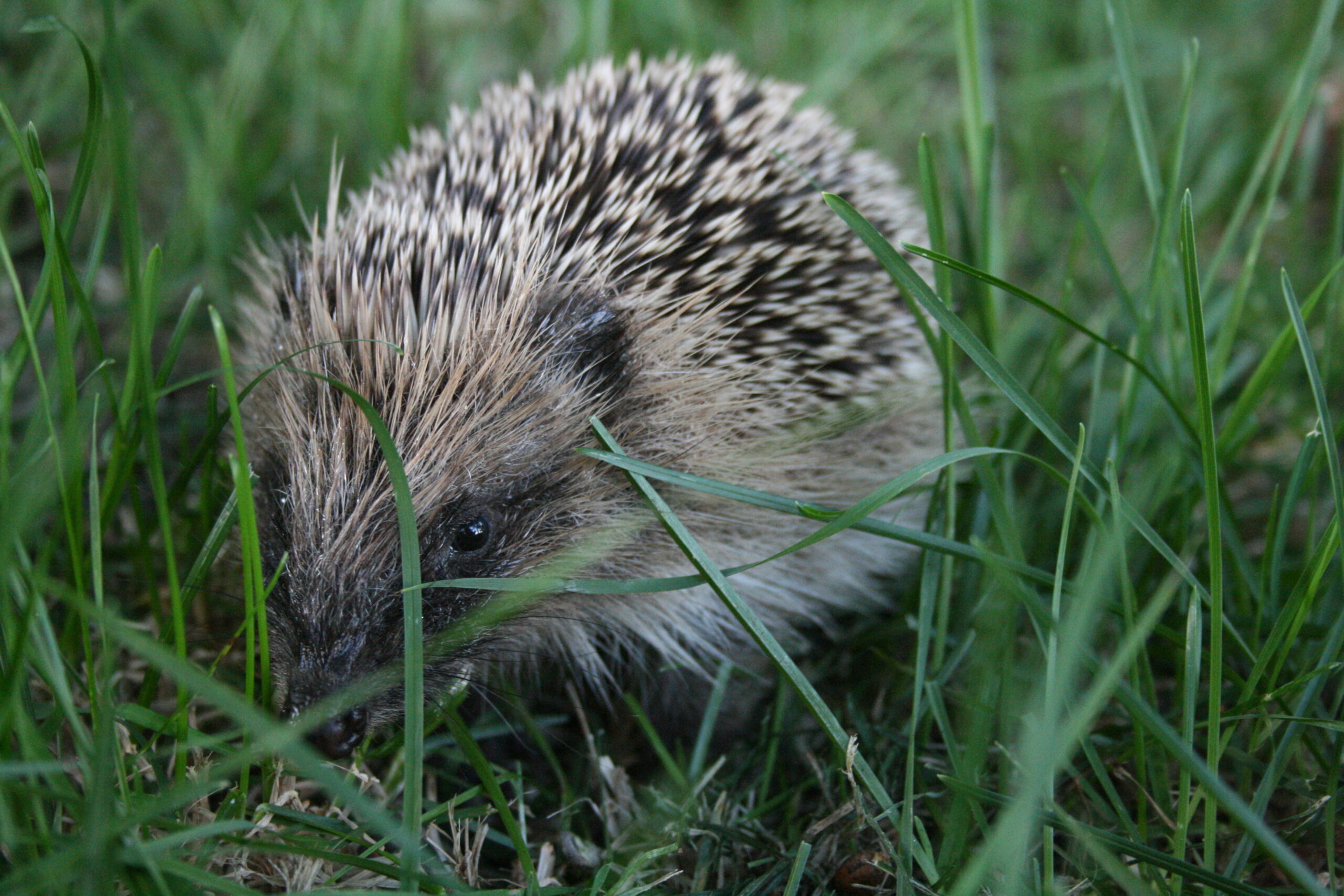
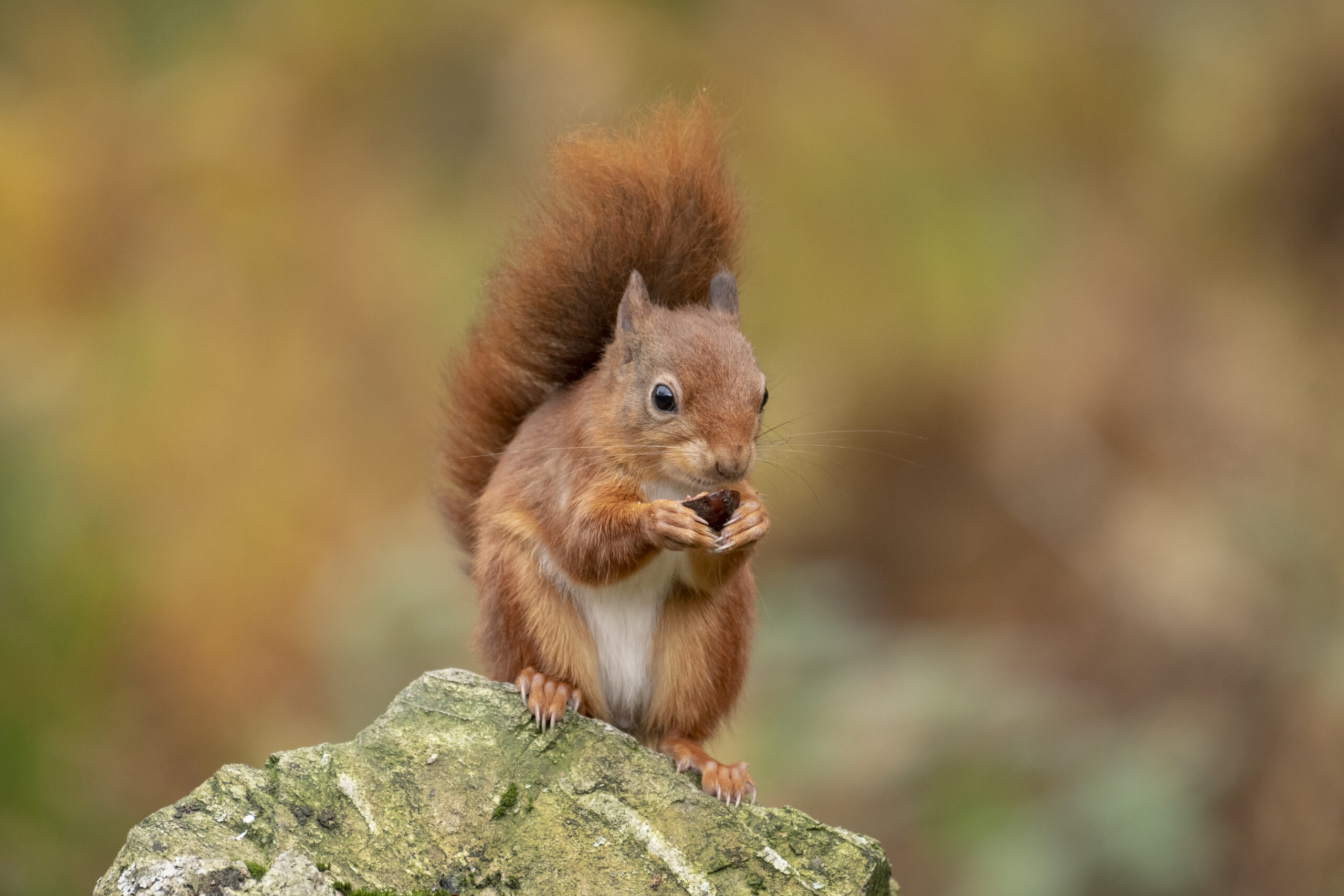
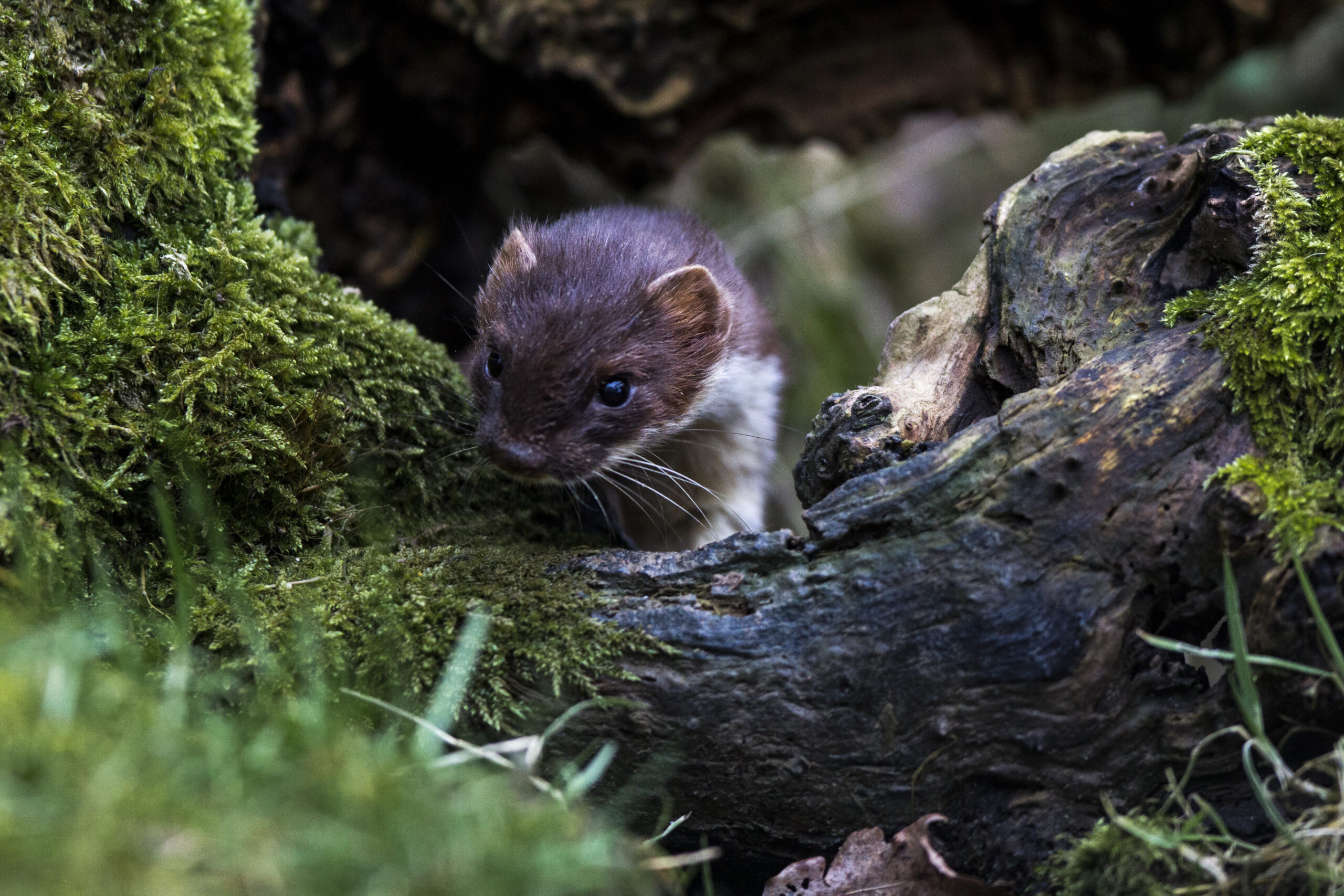
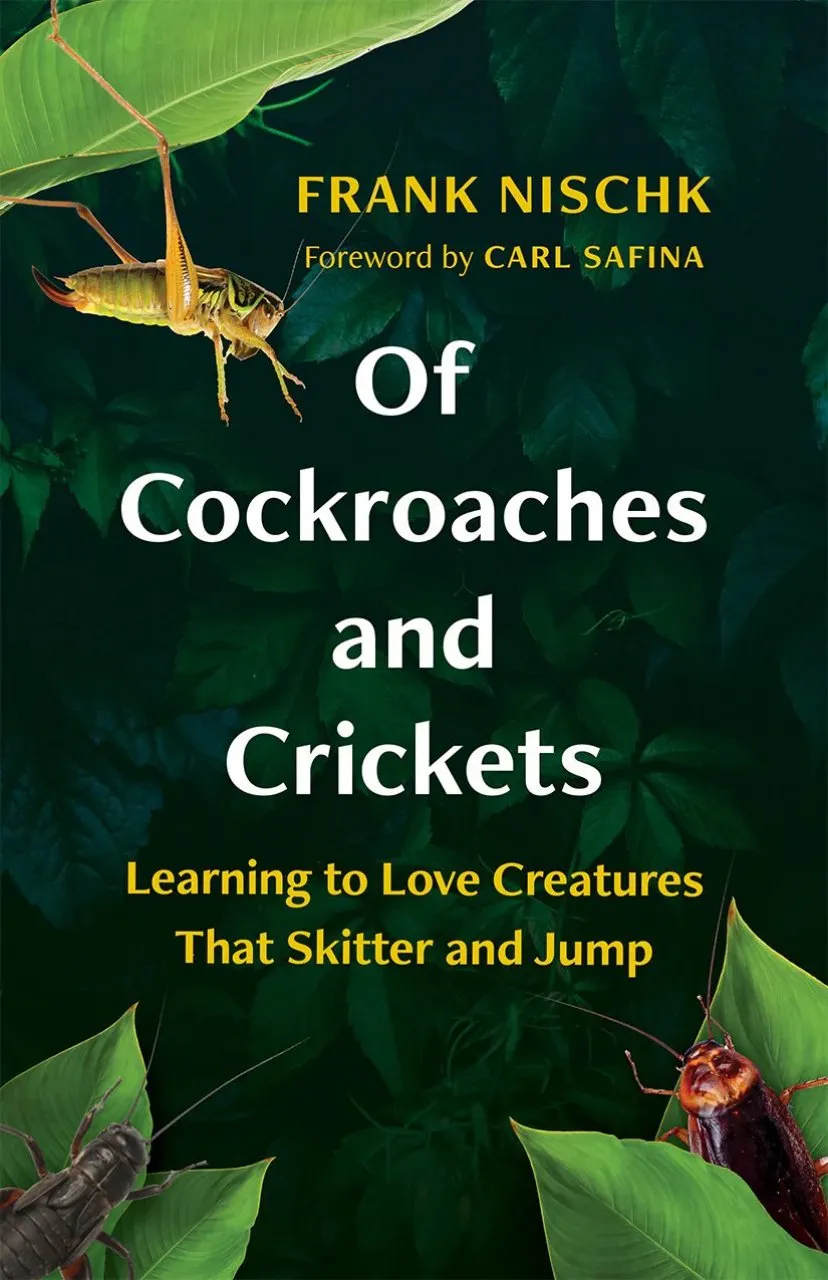
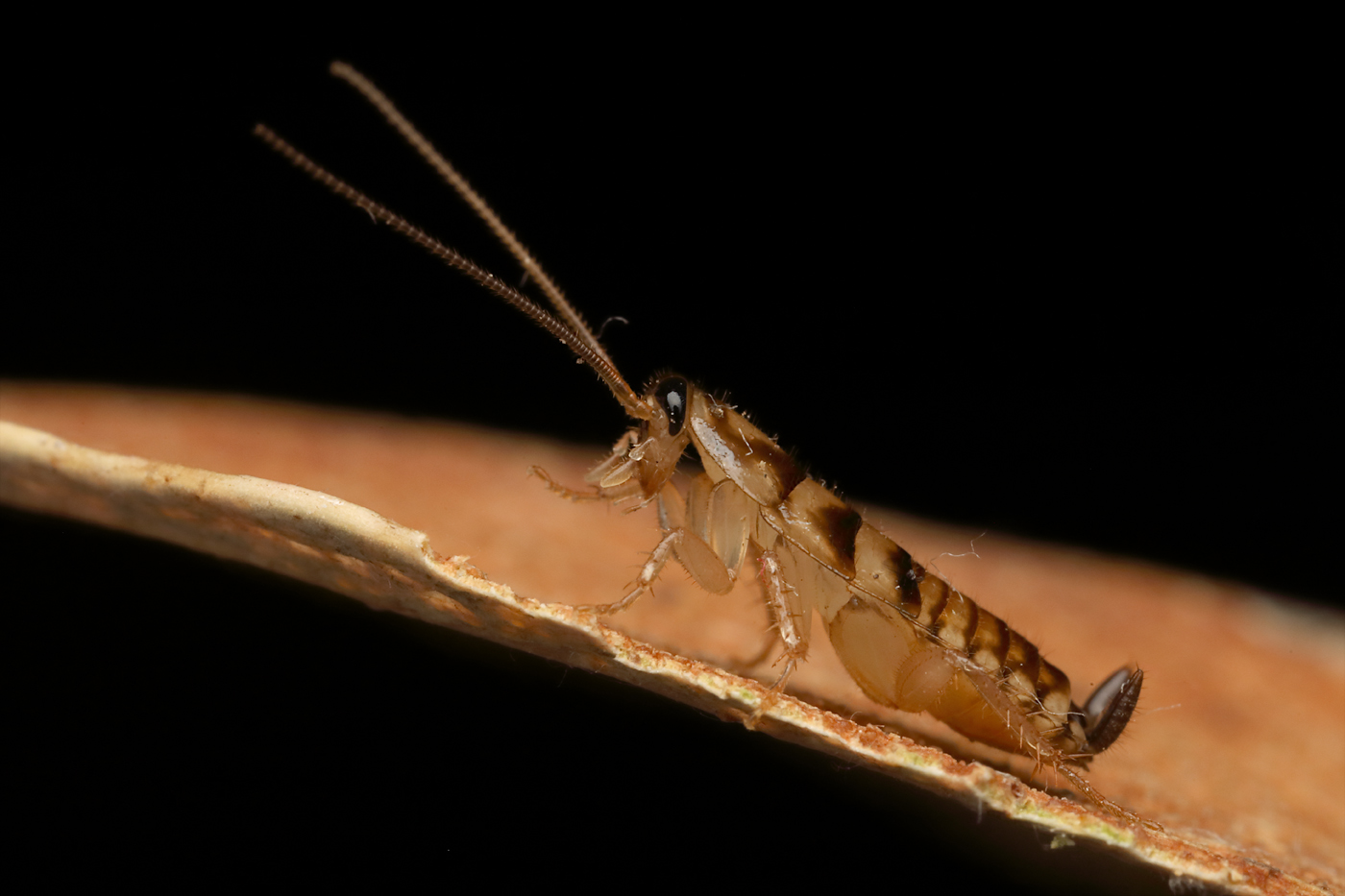
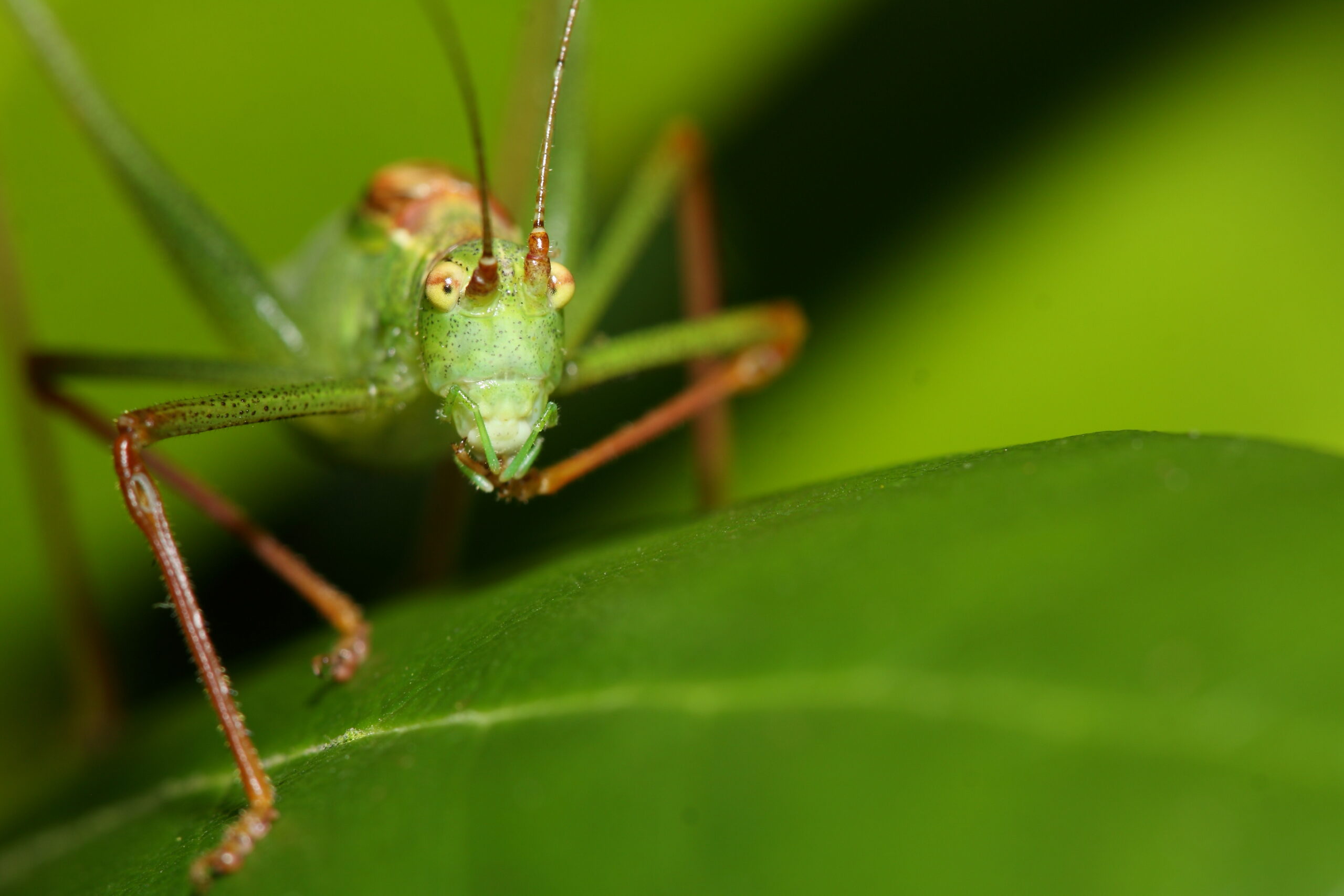
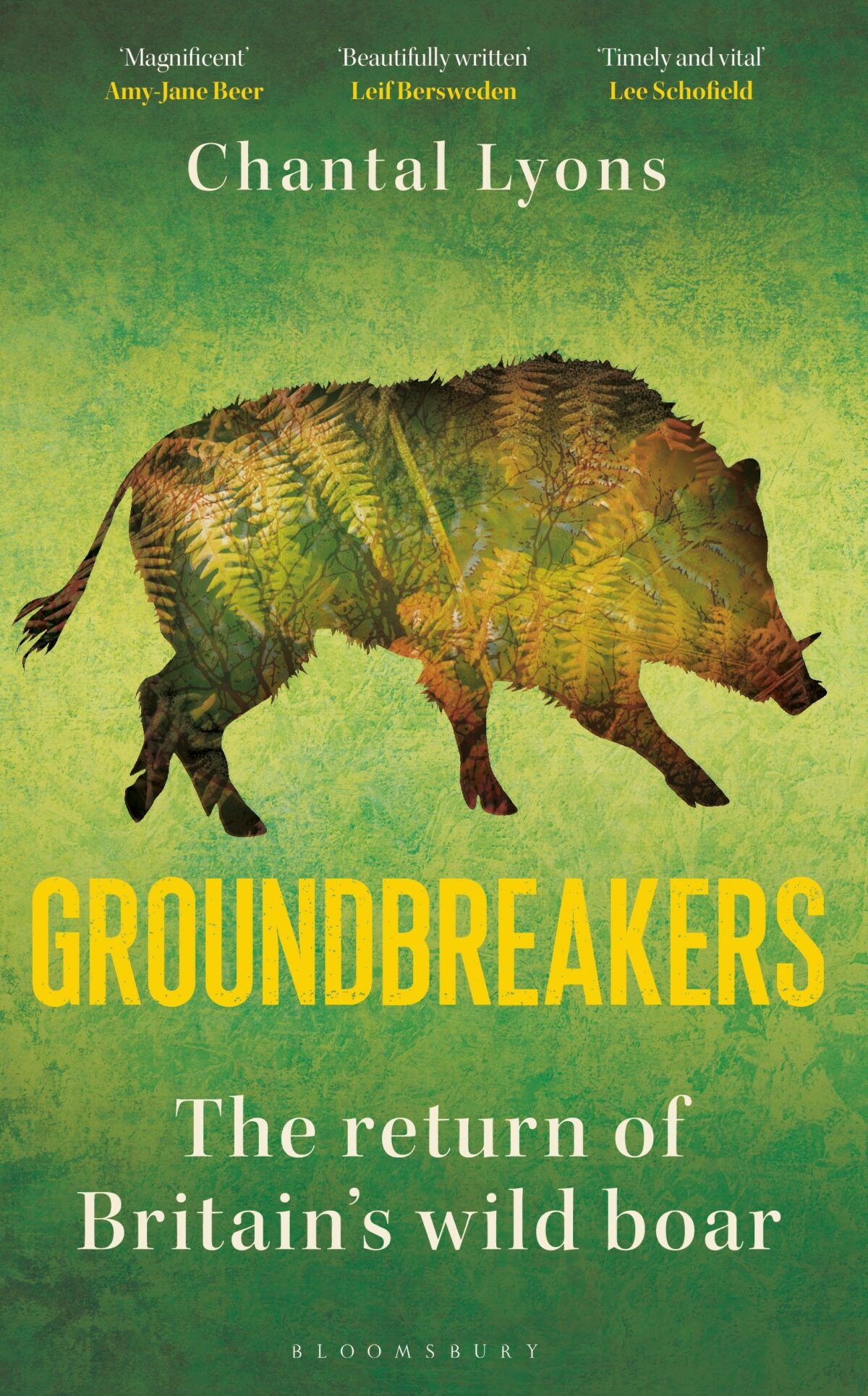
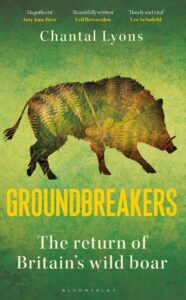 Big, messy and mysterious – crossing paths with a Wild Boar can conjure fear and joy in equal measure. In
Big, messy and mysterious – crossing paths with a Wild Boar can conjure fear and joy in equal measure. In  Chantal Lyons is a naturalist, writer and science communicator. Having grown up in the tidy countryside of Kent, her encounters with the growing rewilding movement opened her eyes to the potential for restoring nature in Britain, and inspired her to study the relations between people and Wild Boar in the Forest of Dean. She currently lives in Cheltenham, never too far from the boar.
Chantal Lyons is a naturalist, writer and science communicator. Having grown up in the tidy countryside of Kent, her encounters with the growing rewilding movement opened her eyes to the potential for restoring nature in Britain, and inspired her to study the relations between people and Wild Boar in the Forest of Dean. She currently lives in Cheltenham, never too far from the boar.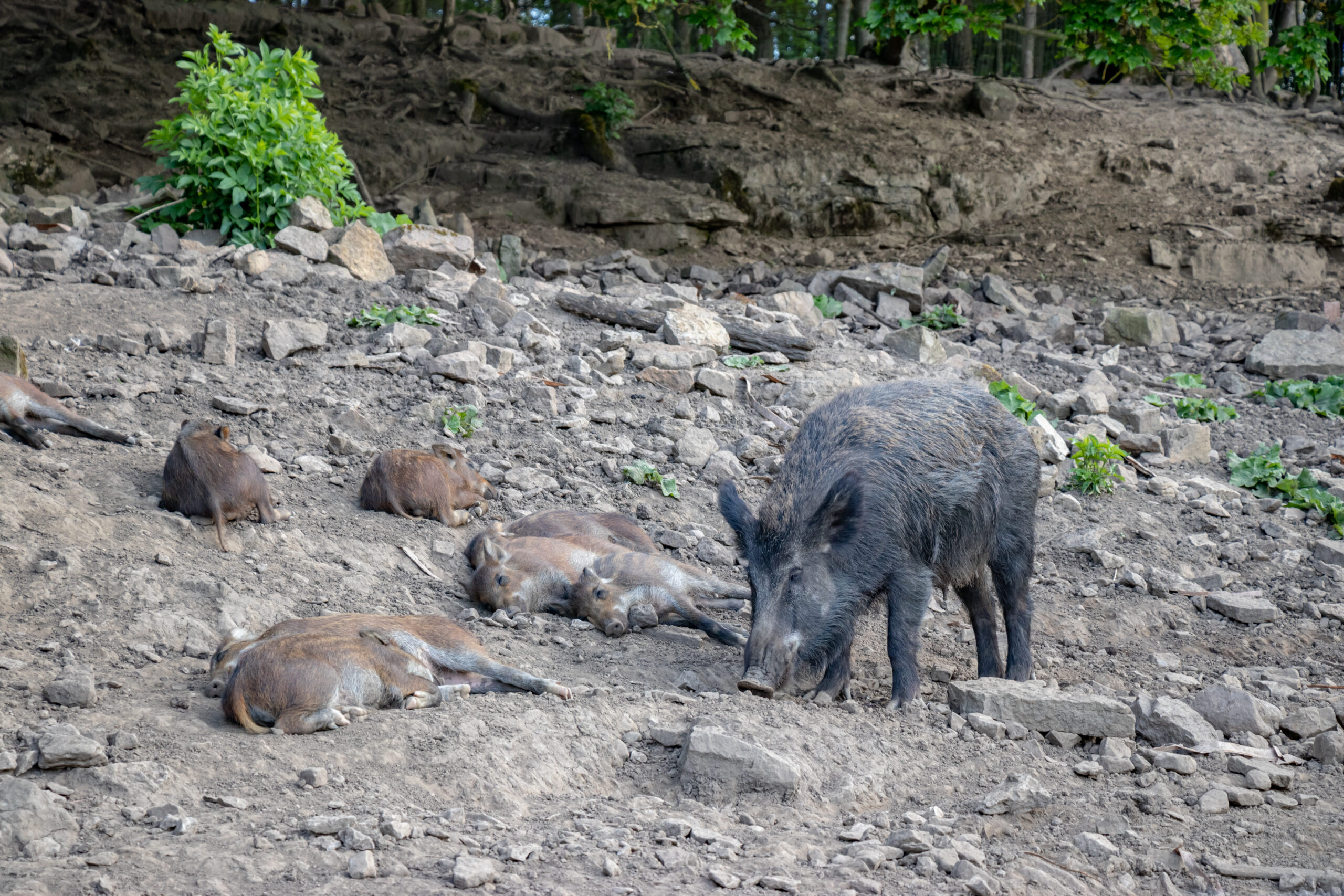
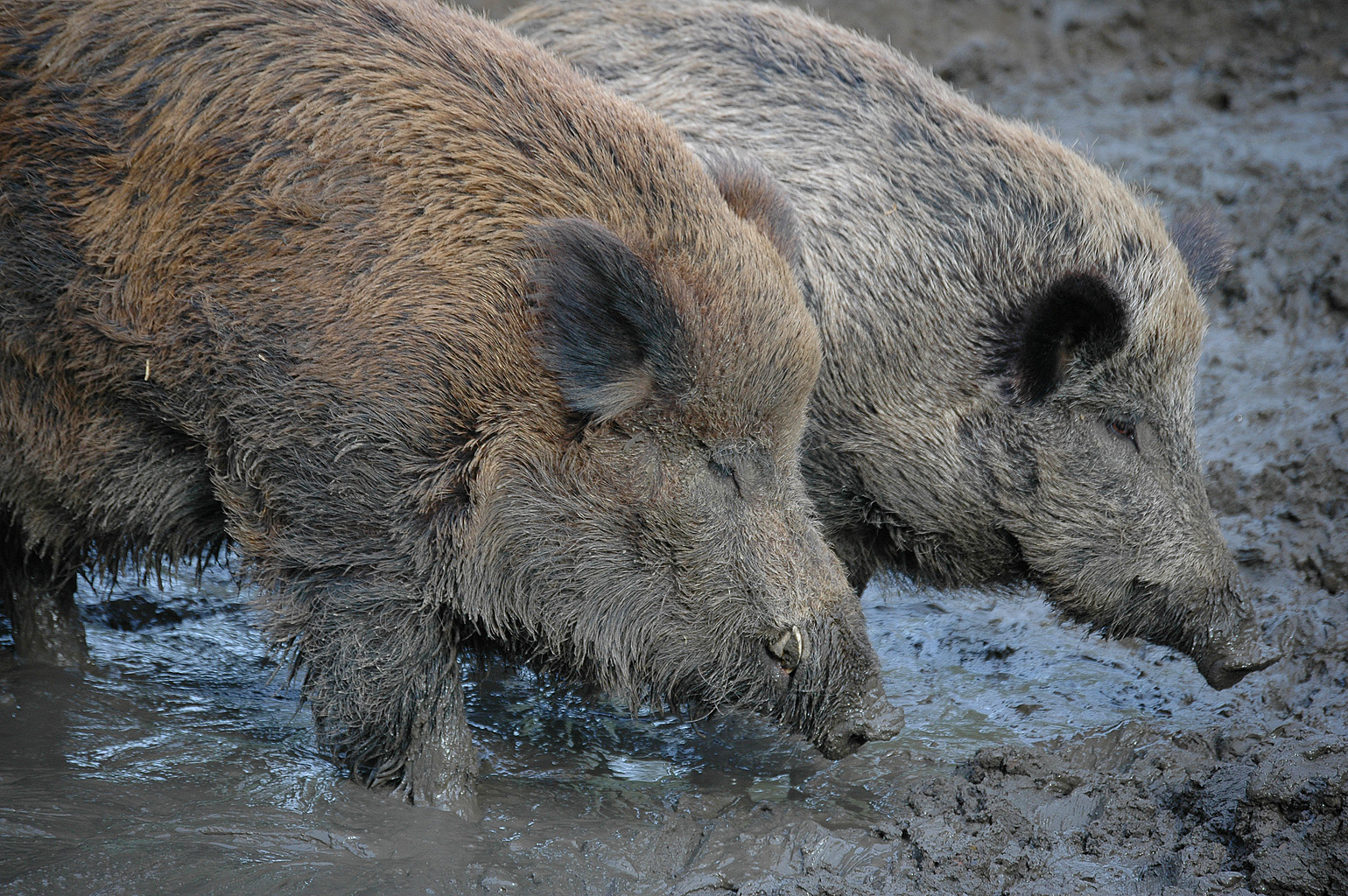
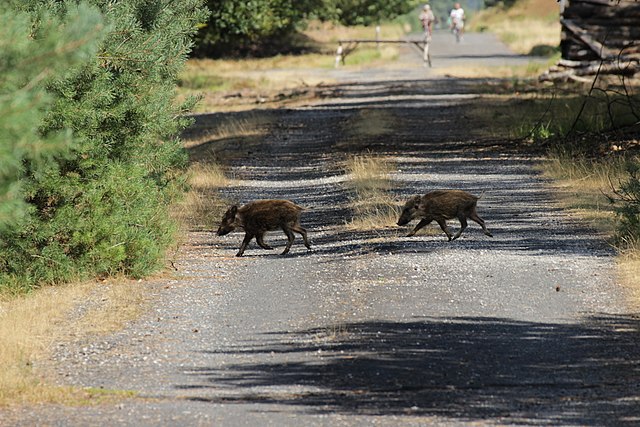
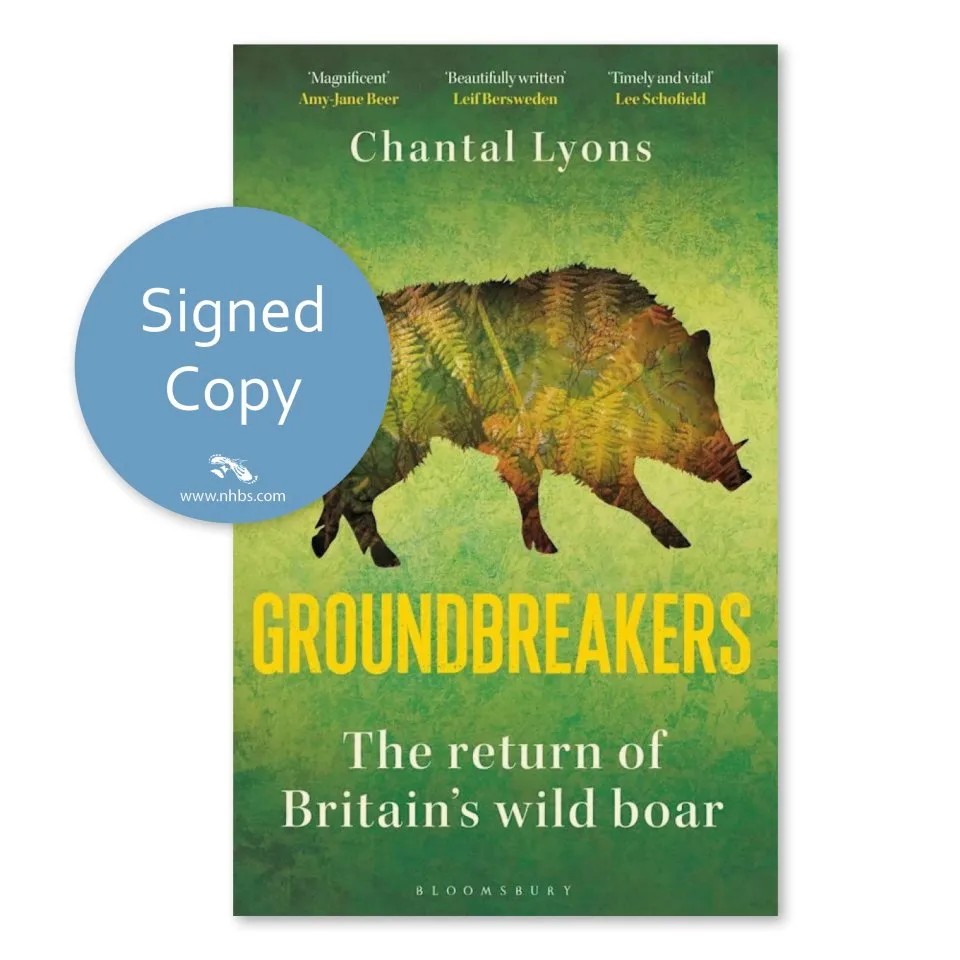 Groundbreakers is available from our
Groundbreakers is available from our 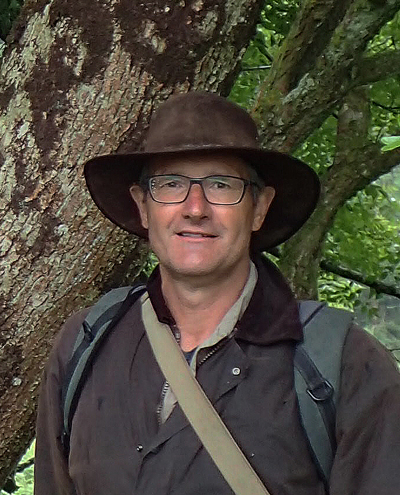
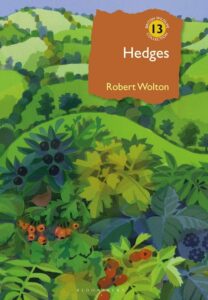 In Hedges, Robert Wolton brings together decades of research and personal experiences from his farm in Devon to explore the ecology, biology, nature conservation and wider environmental values of the hedges in the British Isles. Containing over 300 photographs and figures, this latest addition to the British Wildlife Collection offers a detailed commentary on hedges and their importance in our landscape.
In Hedges, Robert Wolton brings together decades of research and personal experiences from his farm in Devon to explore the ecology, biology, nature conservation and wider environmental values of the hedges in the British Isles. Containing over 300 photographs and figures, this latest addition to the British Wildlife Collection offers a detailed commentary on hedges and their importance in our landscape.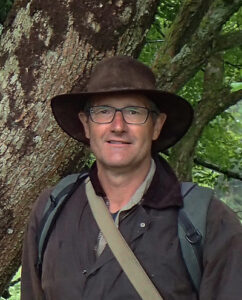 Robert is an ecological consultant and writer specialising in the management of farmland and associated habitats for wildlife. He is a former hedgerow specialist for Natural England, the founder, chair, editor and lead author of the Devon Hedge Group, has been involved in Hedgelink since it began, and has written a number of reports and articles specialising in hedges.
Robert is an ecological consultant and writer specialising in the management of farmland and associated habitats for wildlife. He is a former hedgerow specialist for Natural England, the founder, chair, editor and lead author of the Devon Hedge Group, has been involved in Hedgelink since it began, and has written a number of reports and articles specialising in hedges.